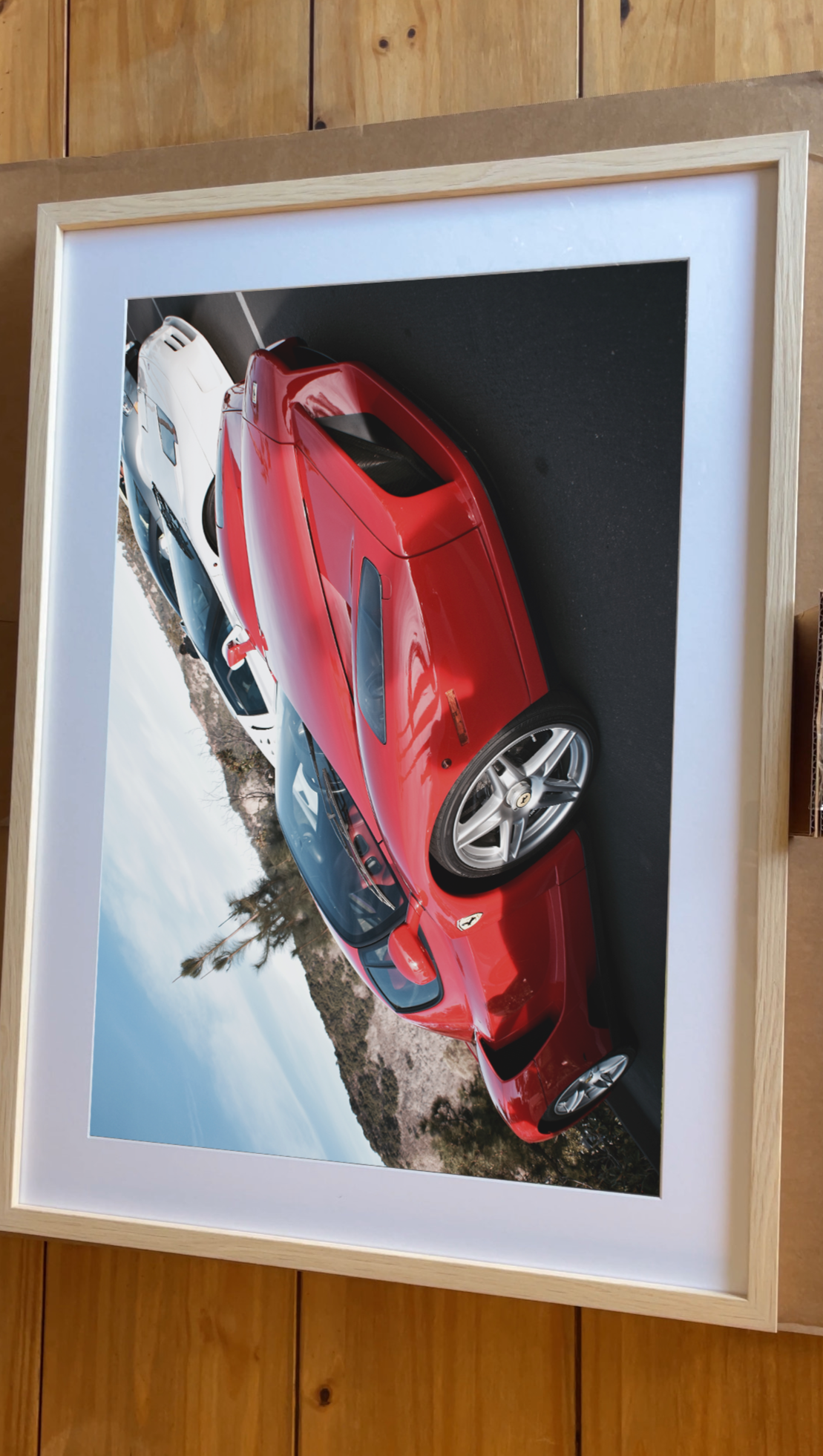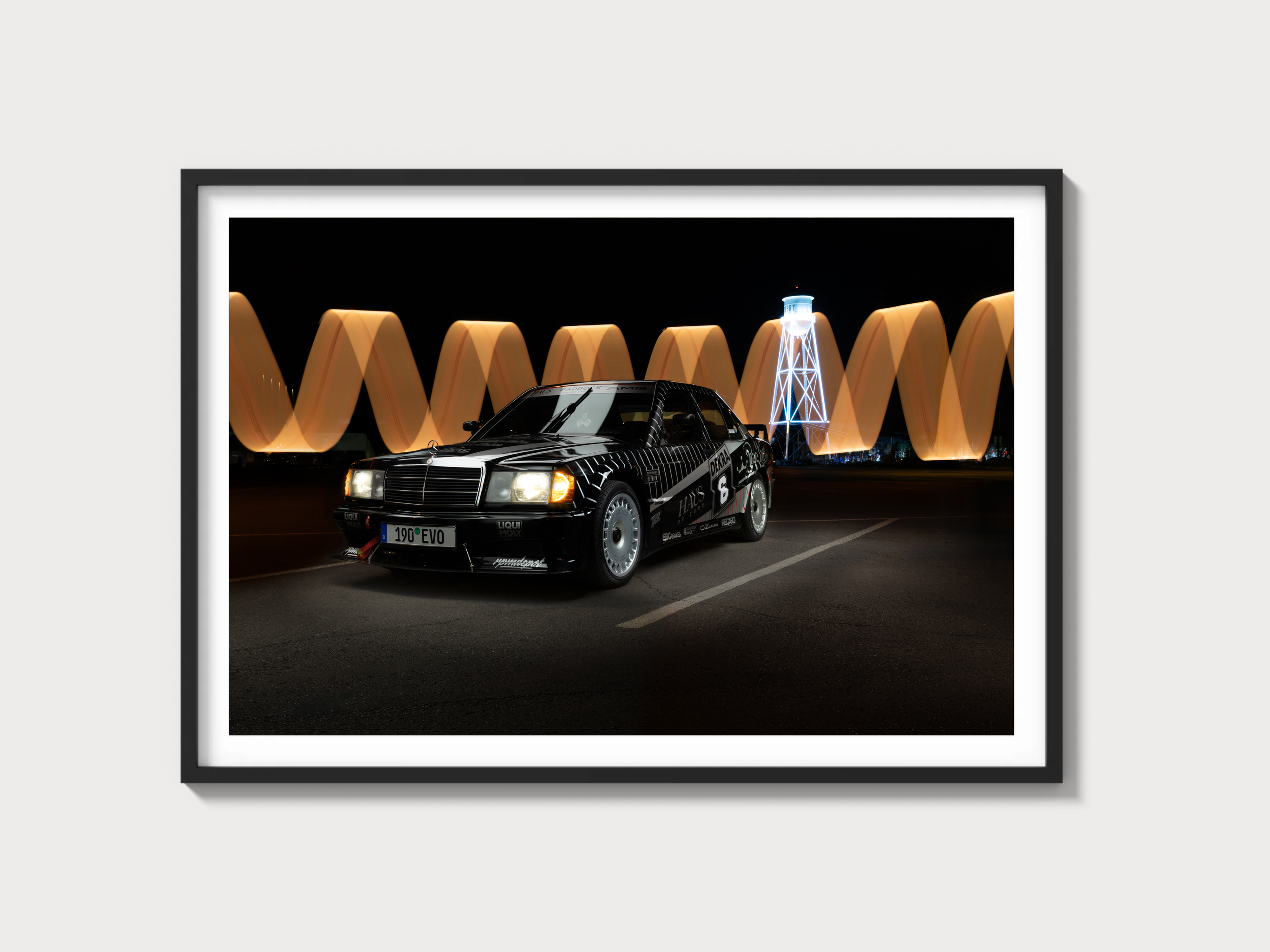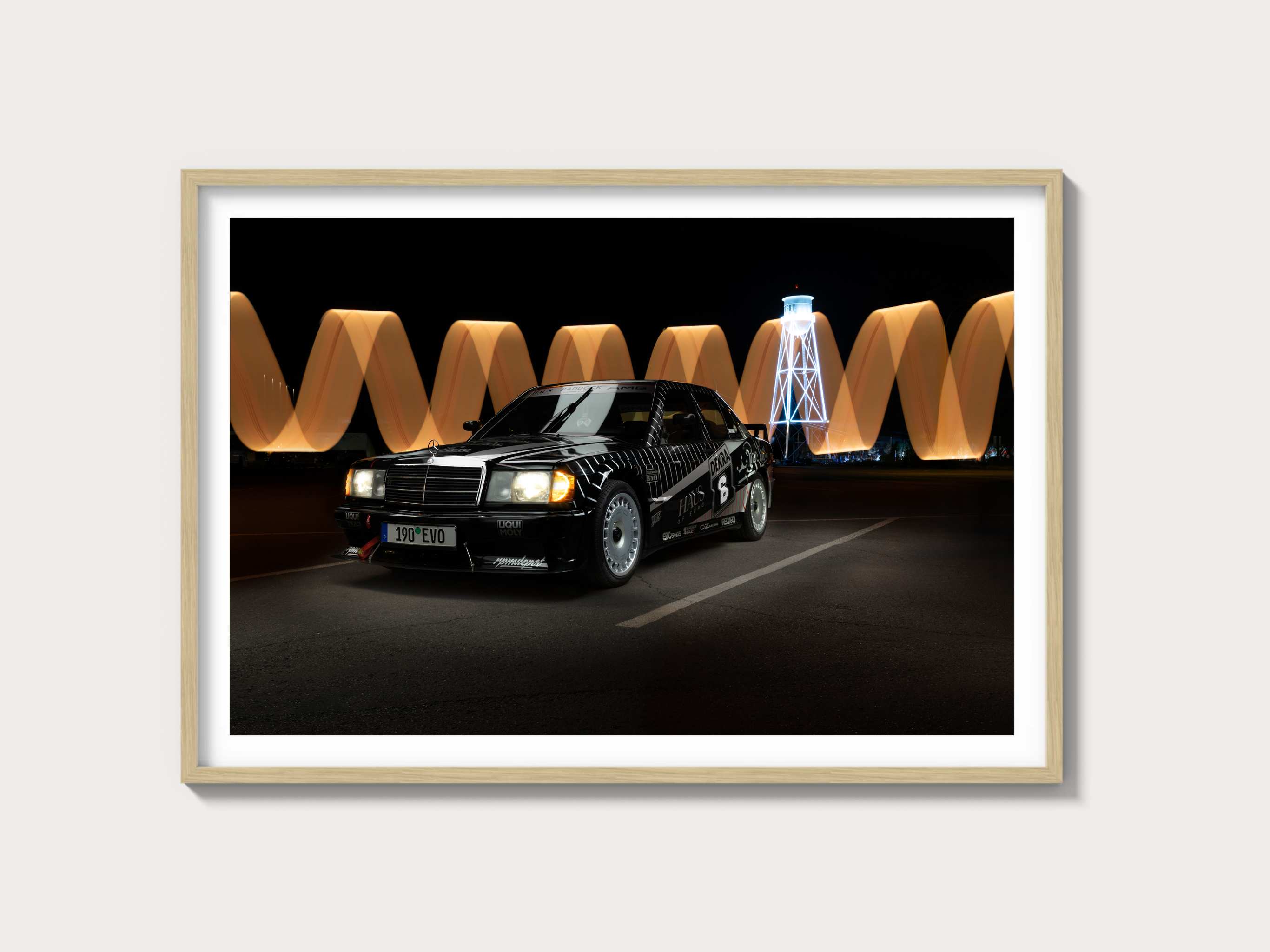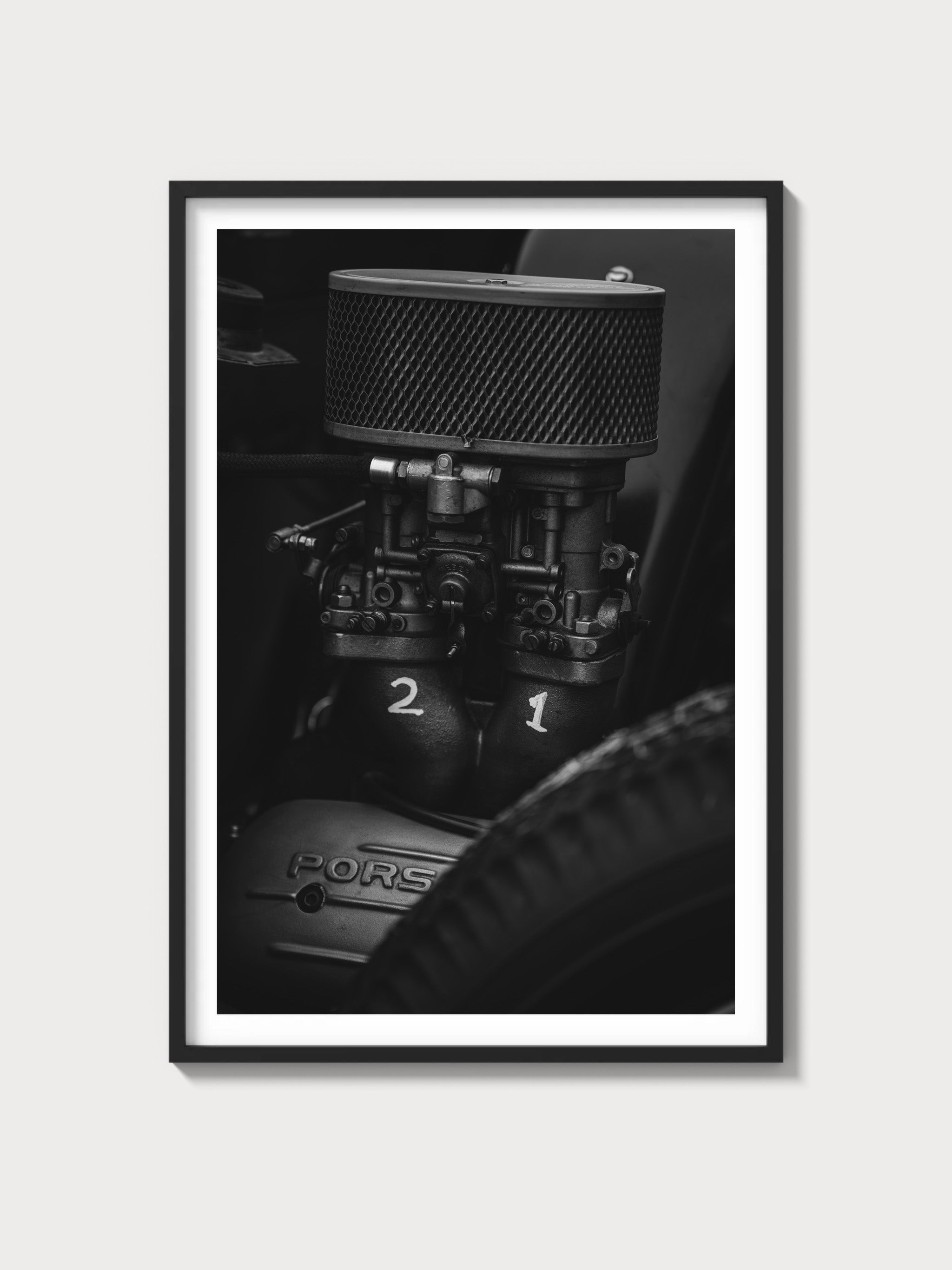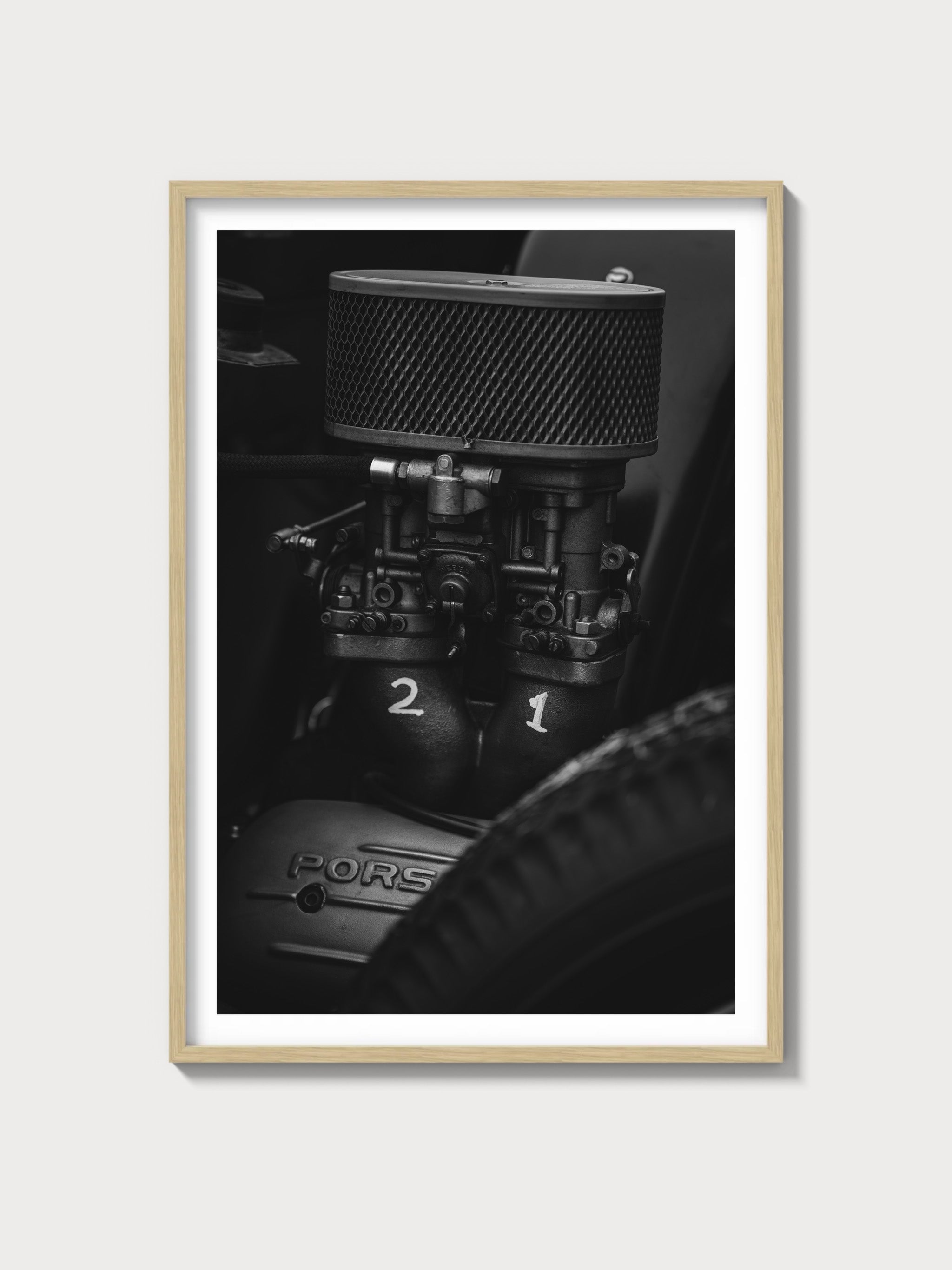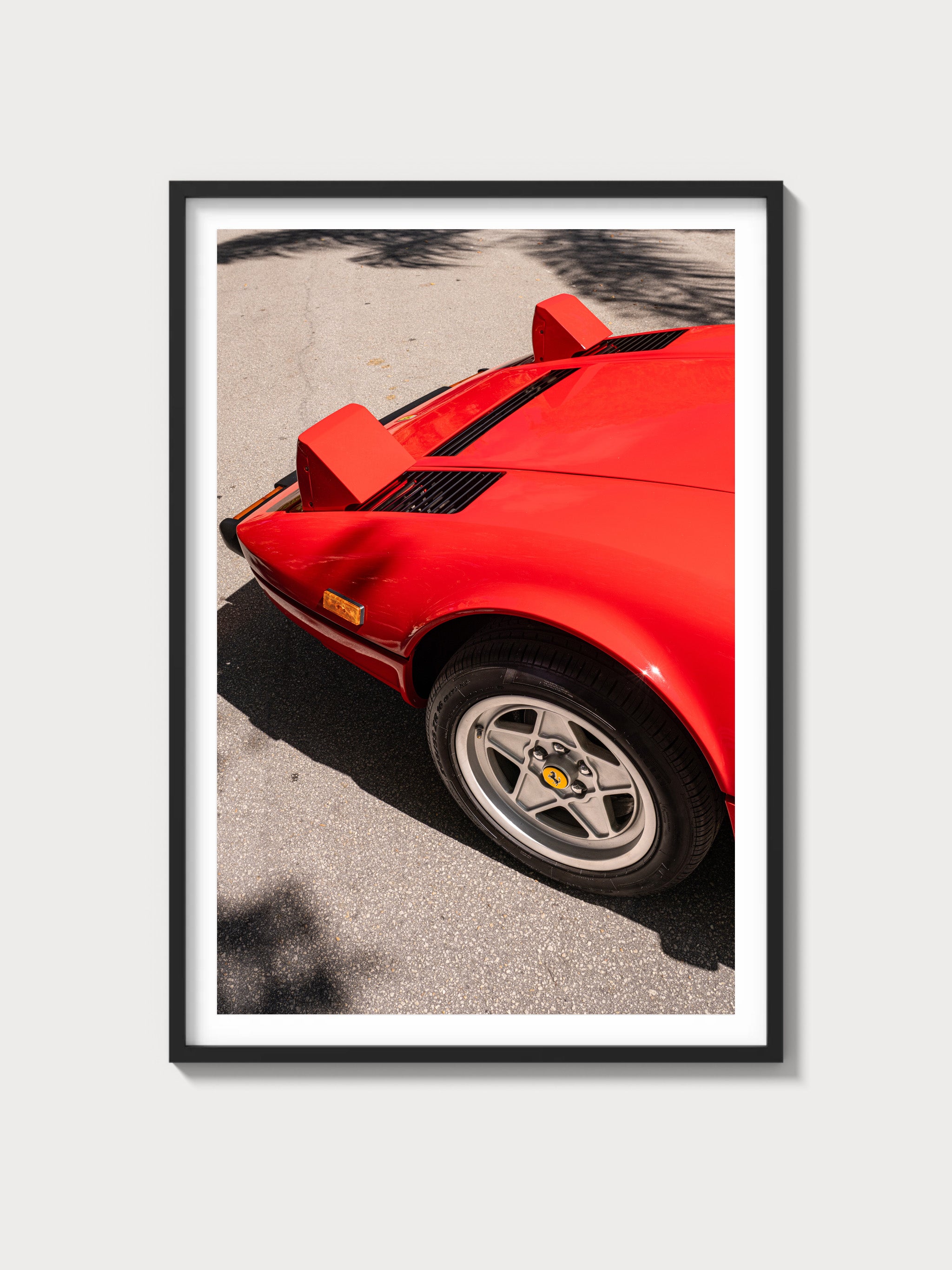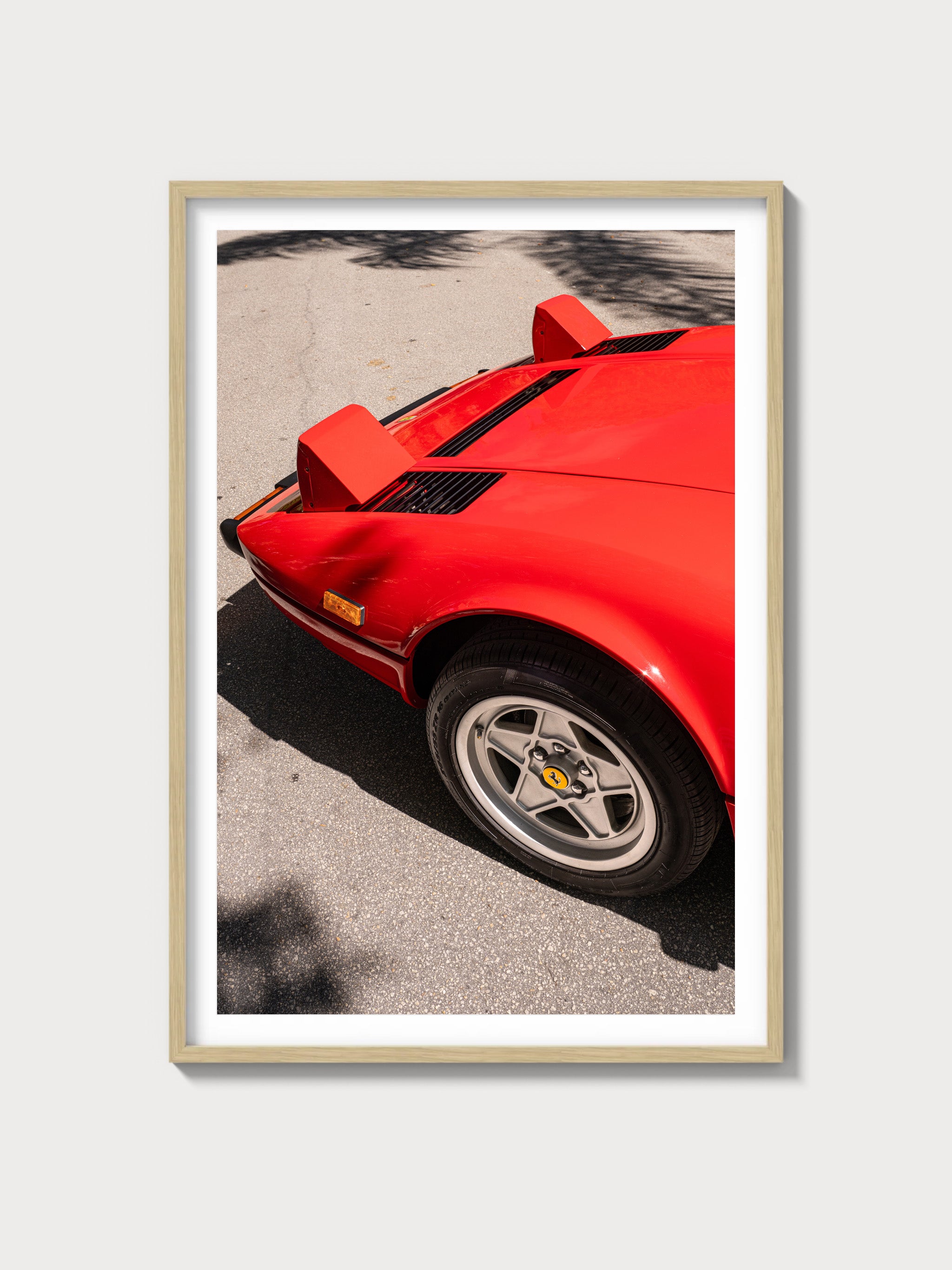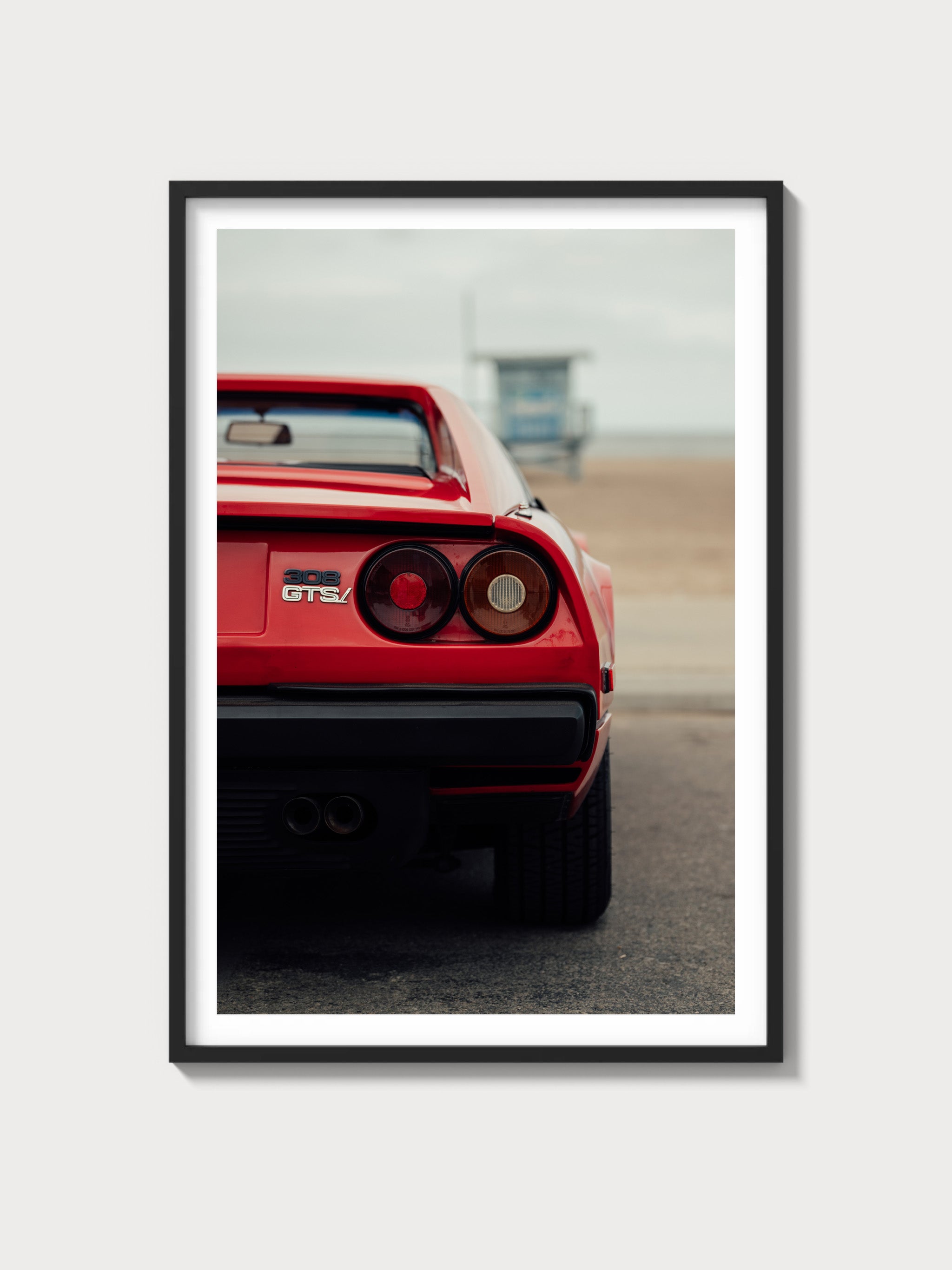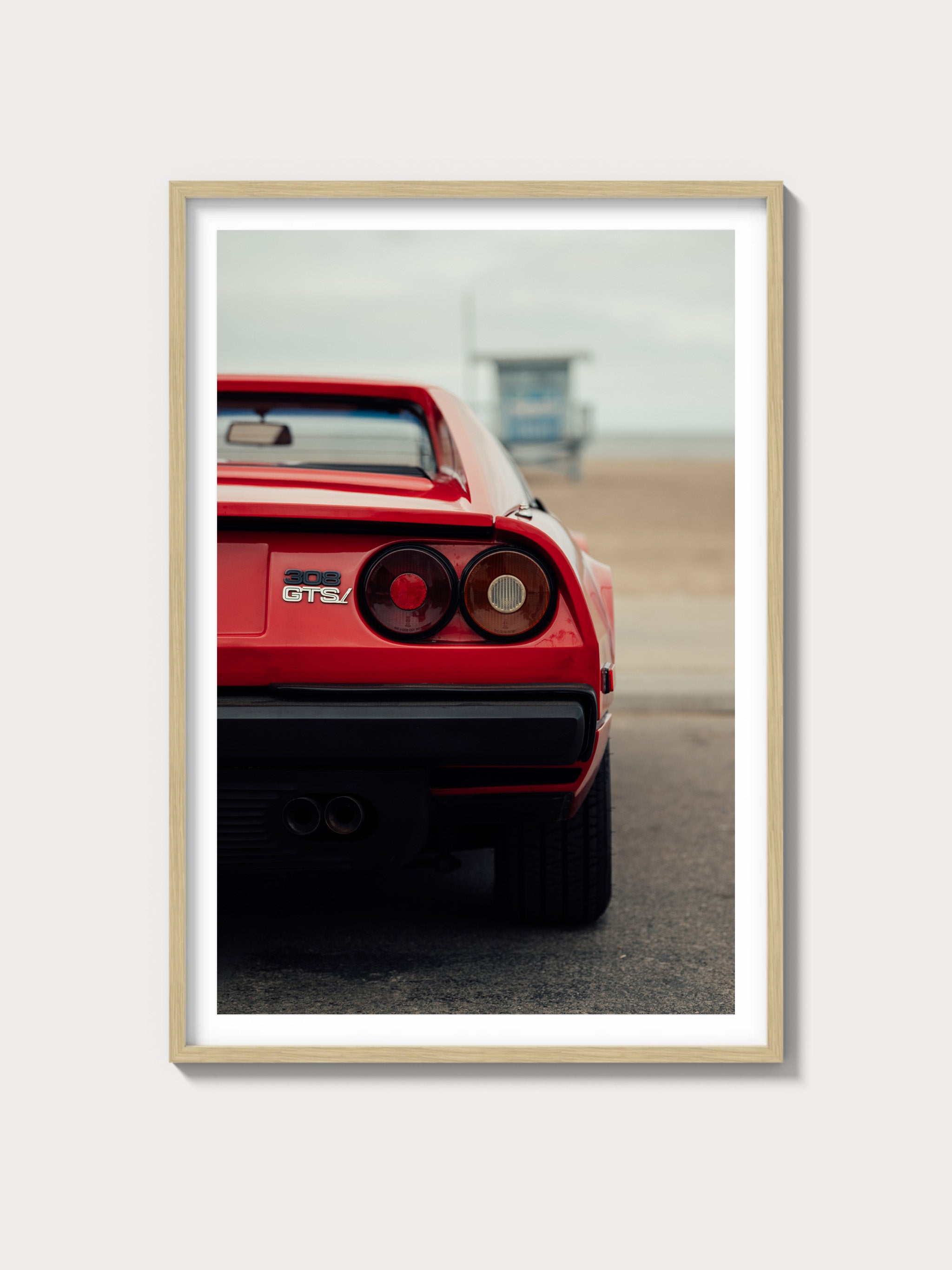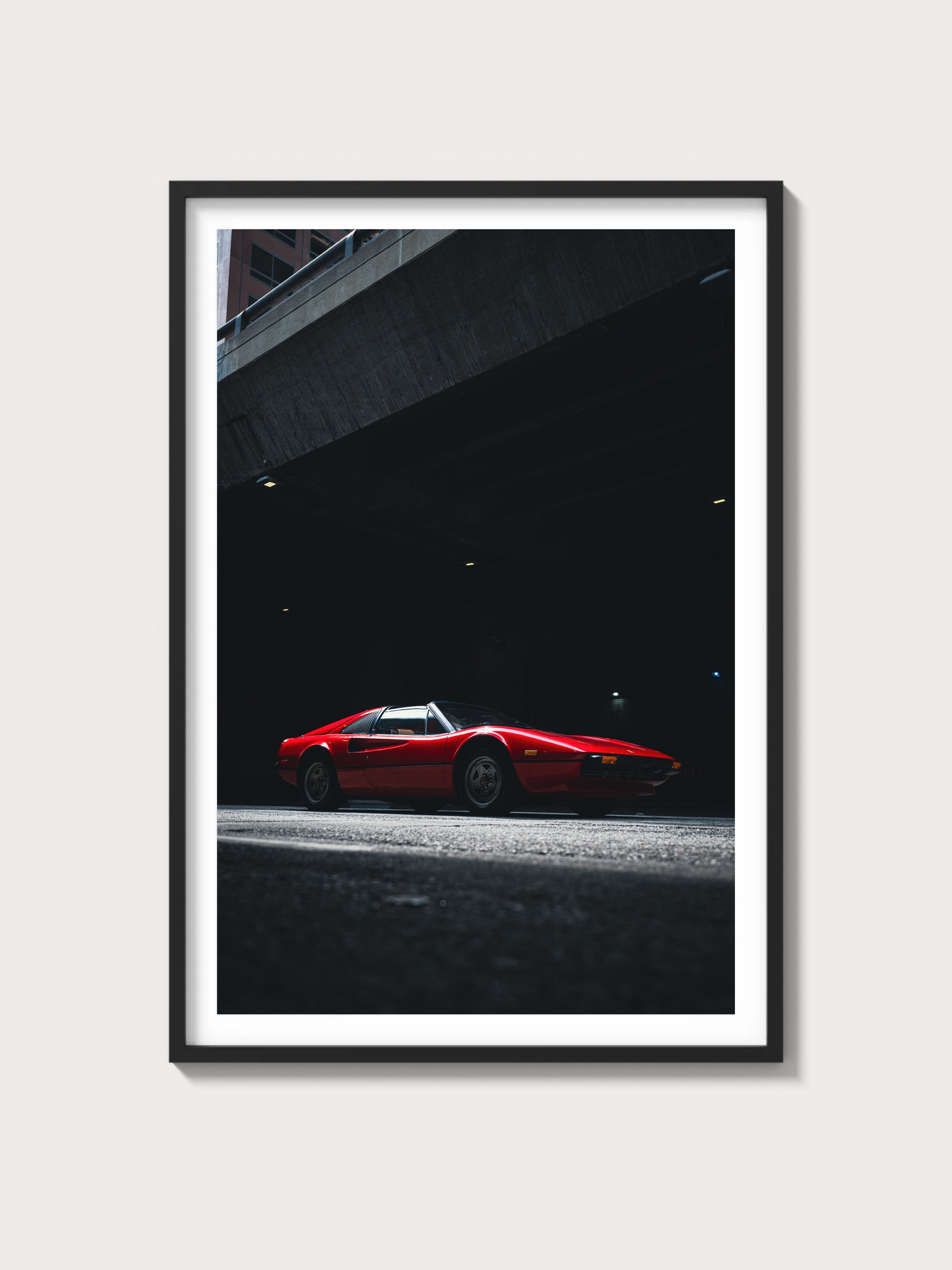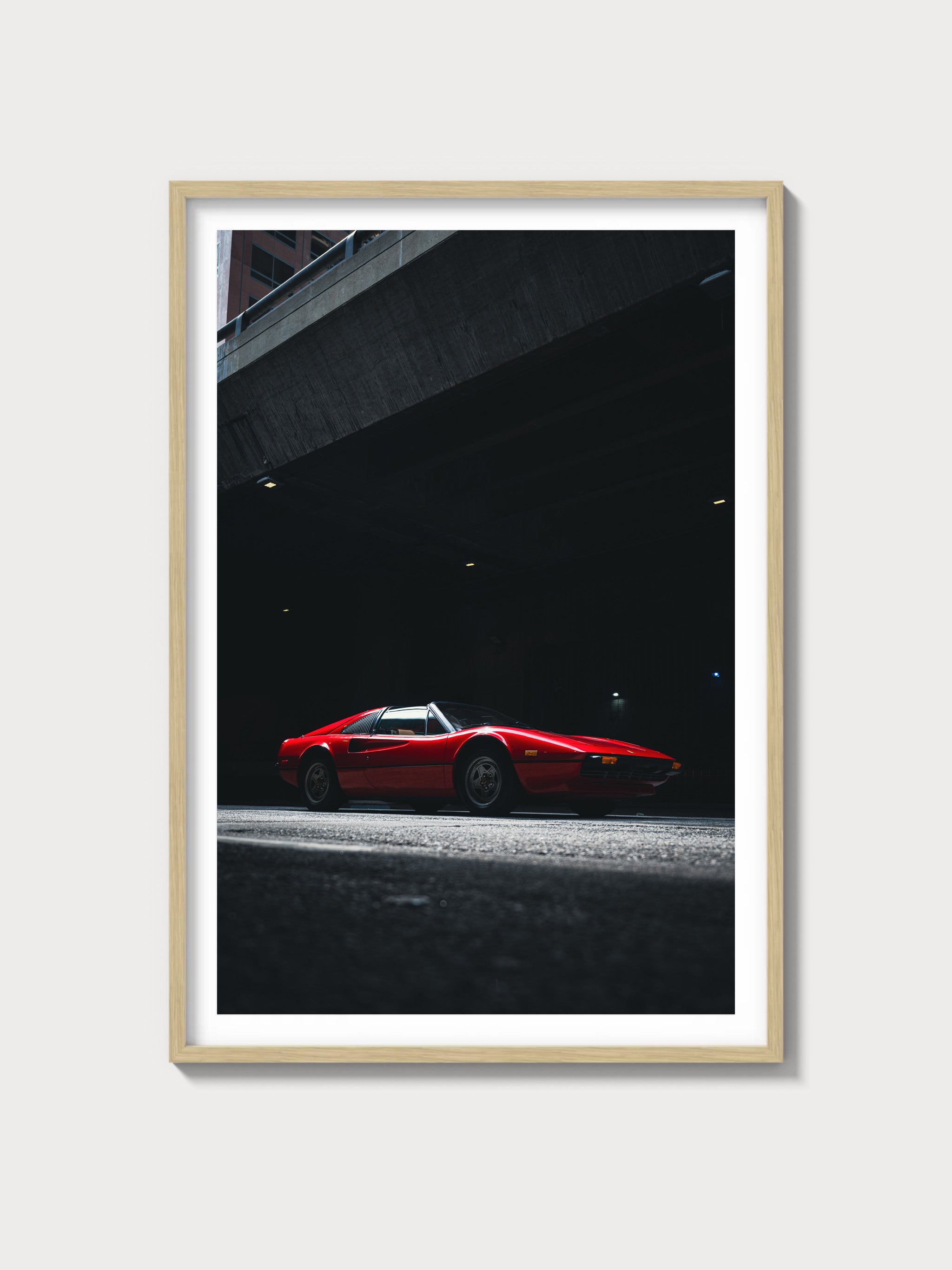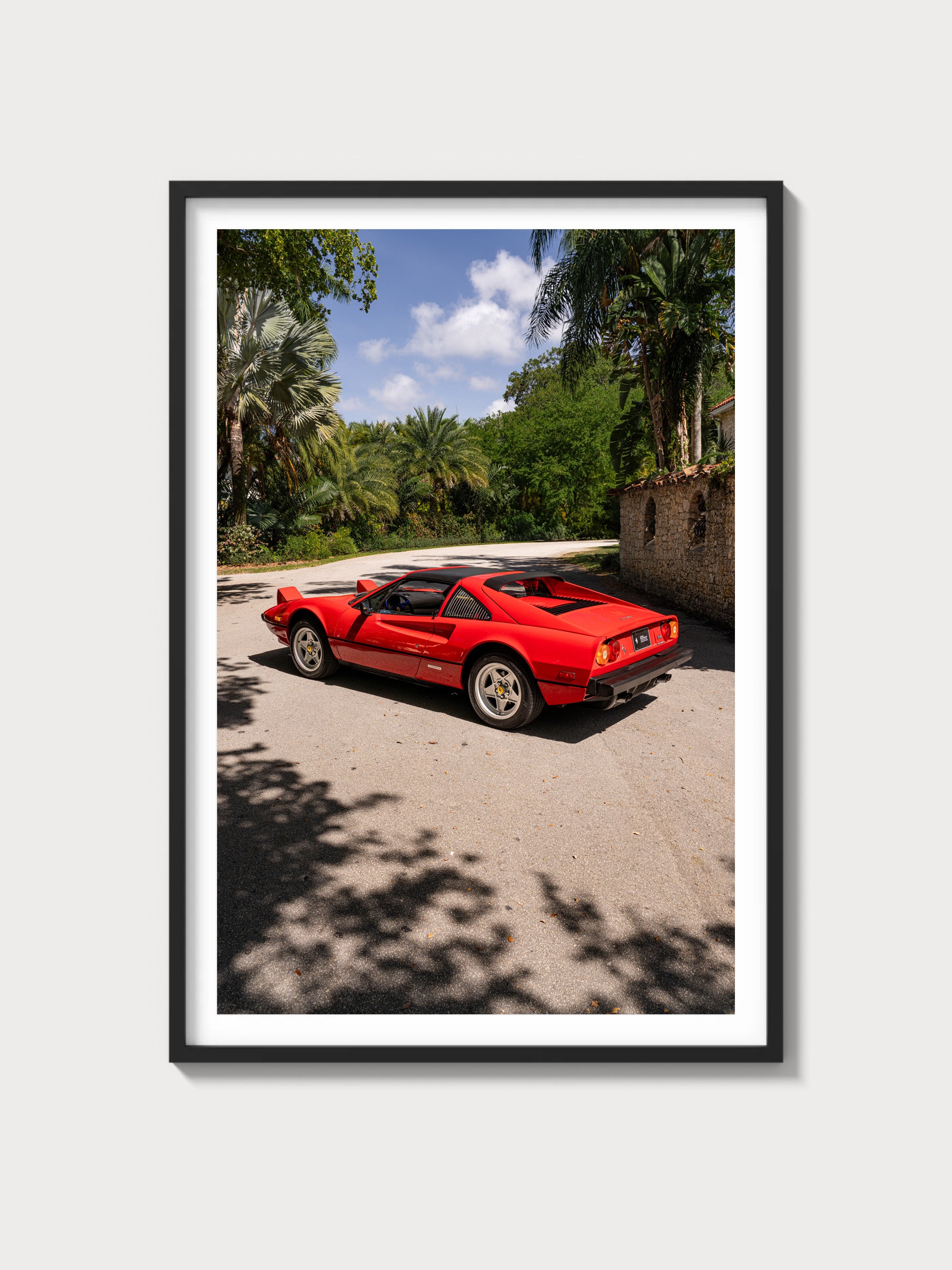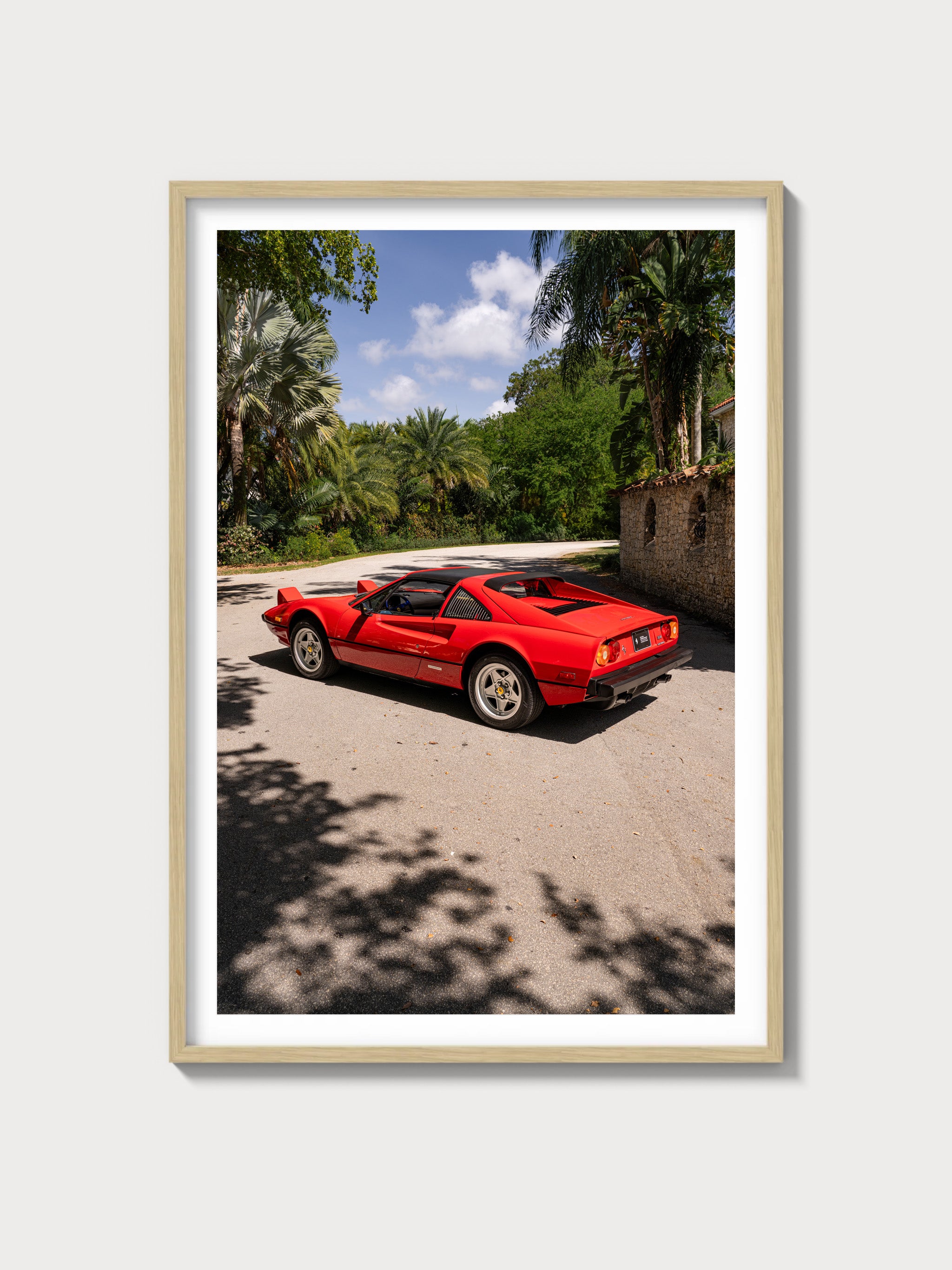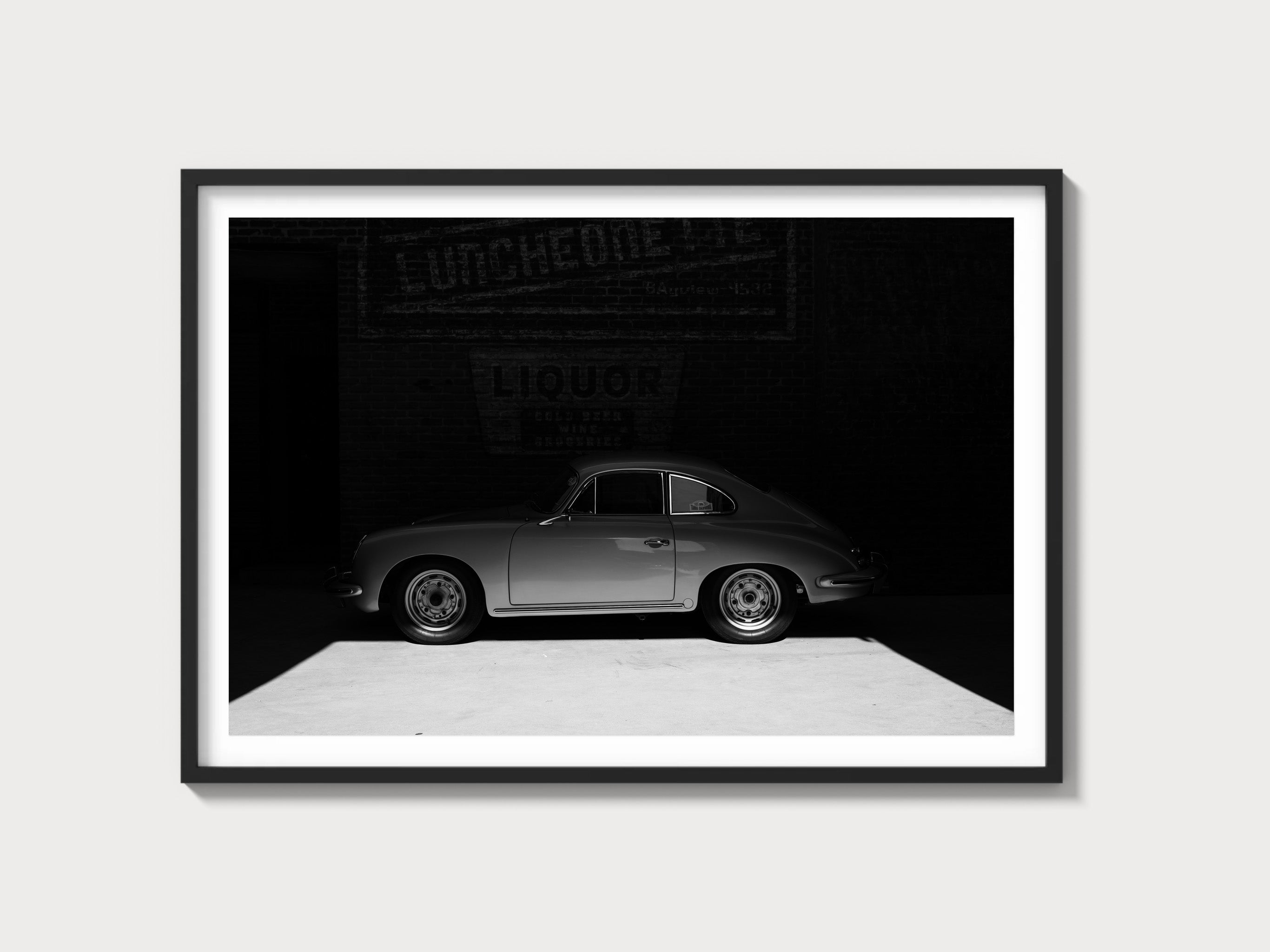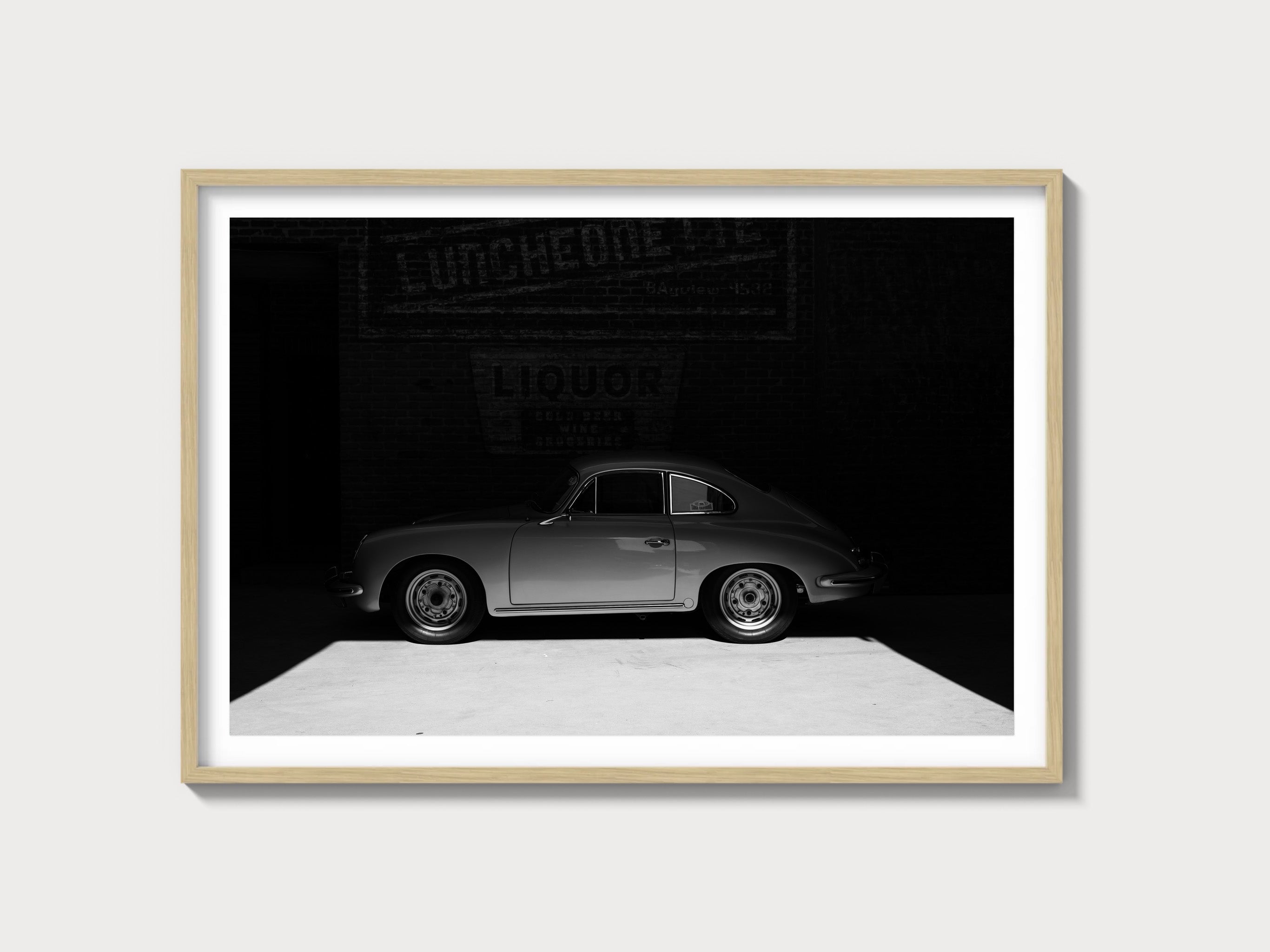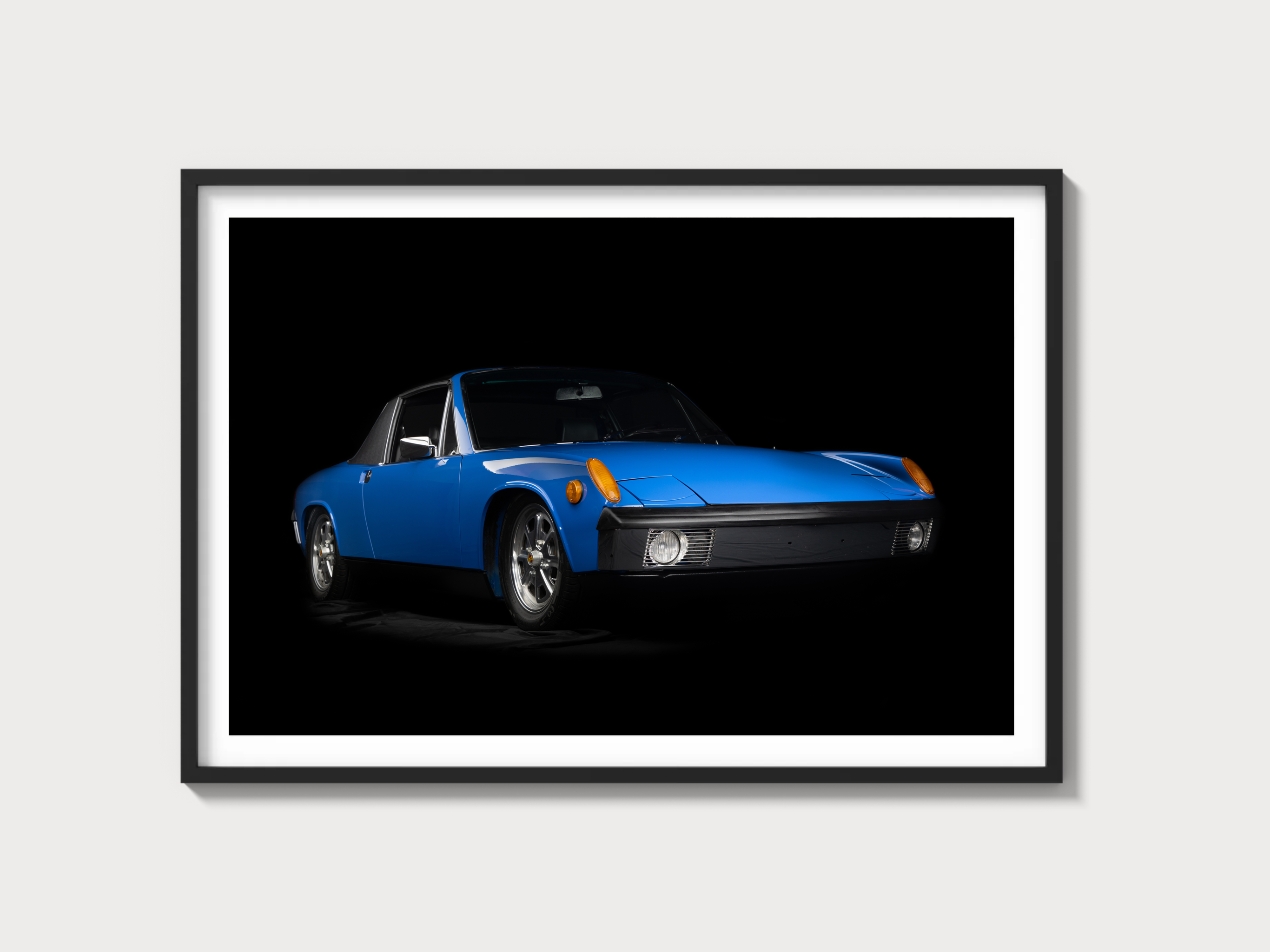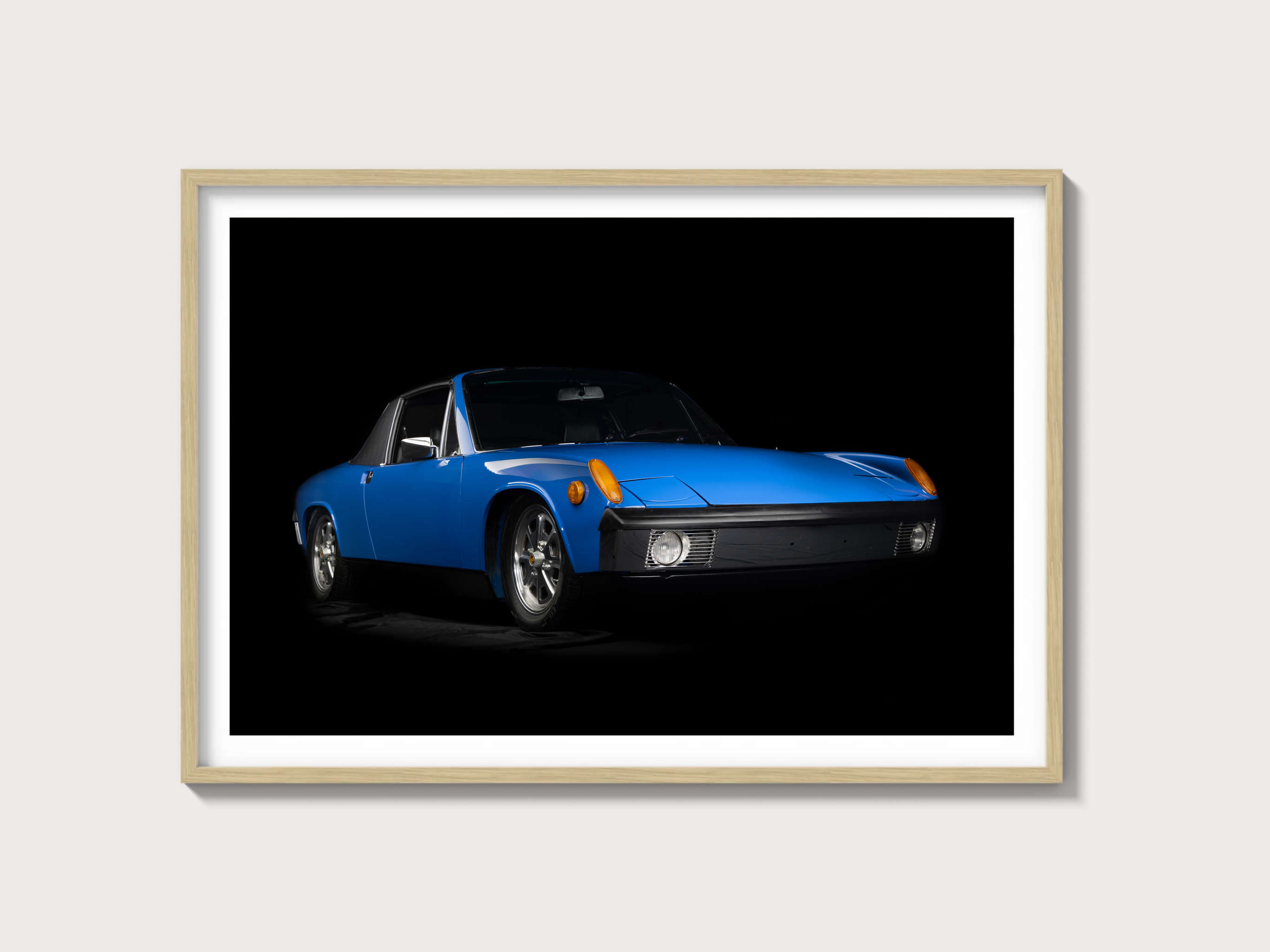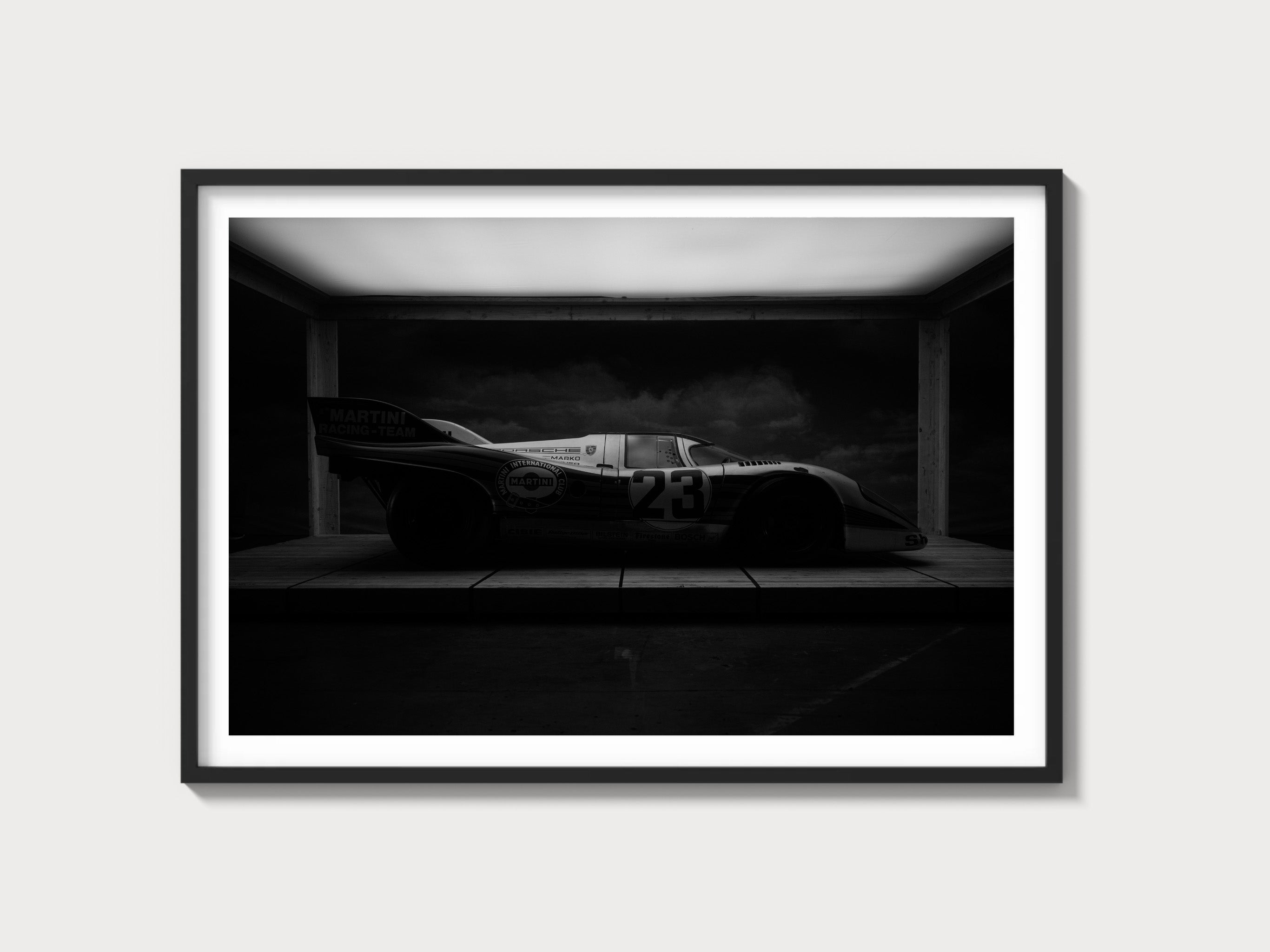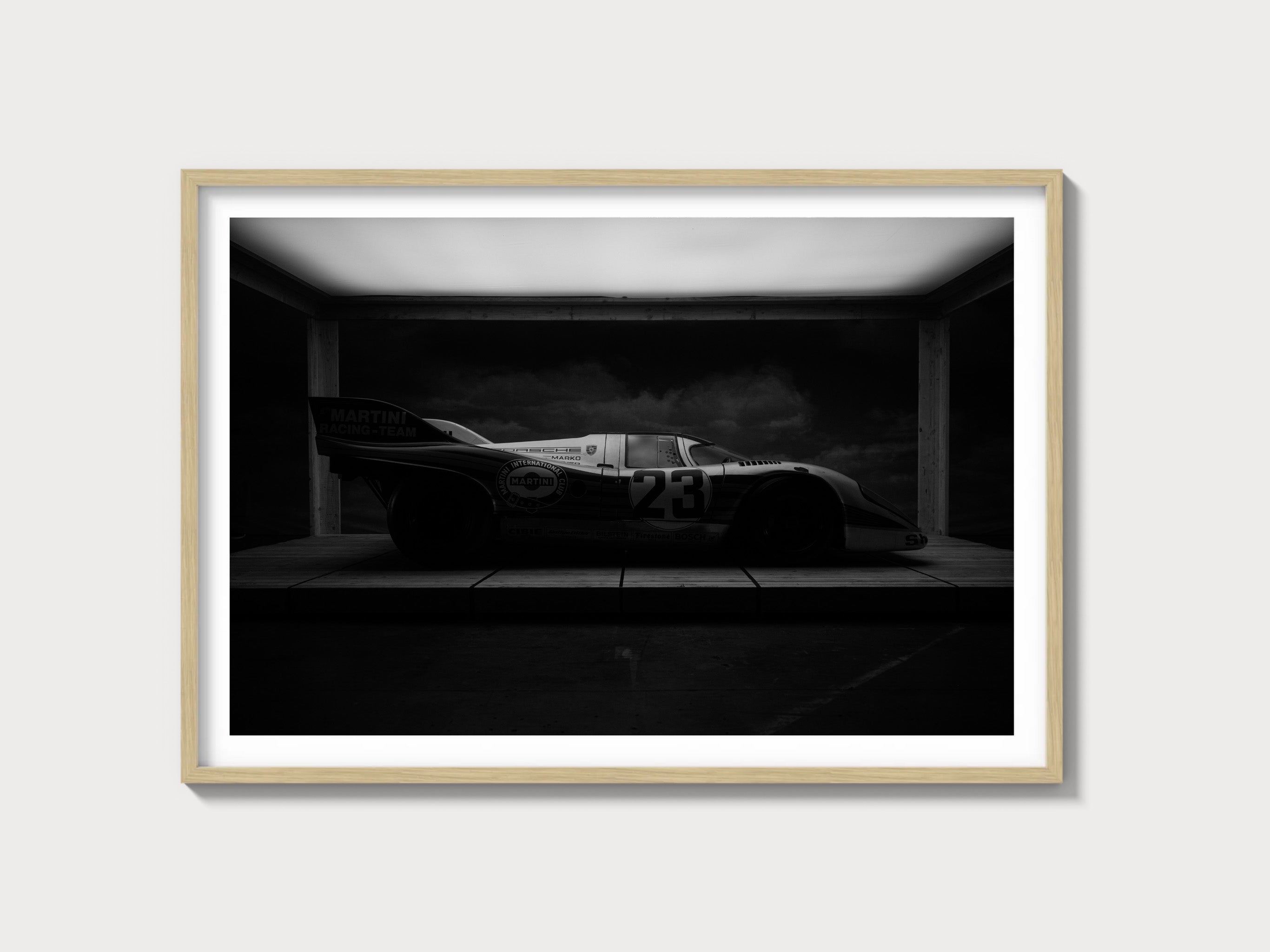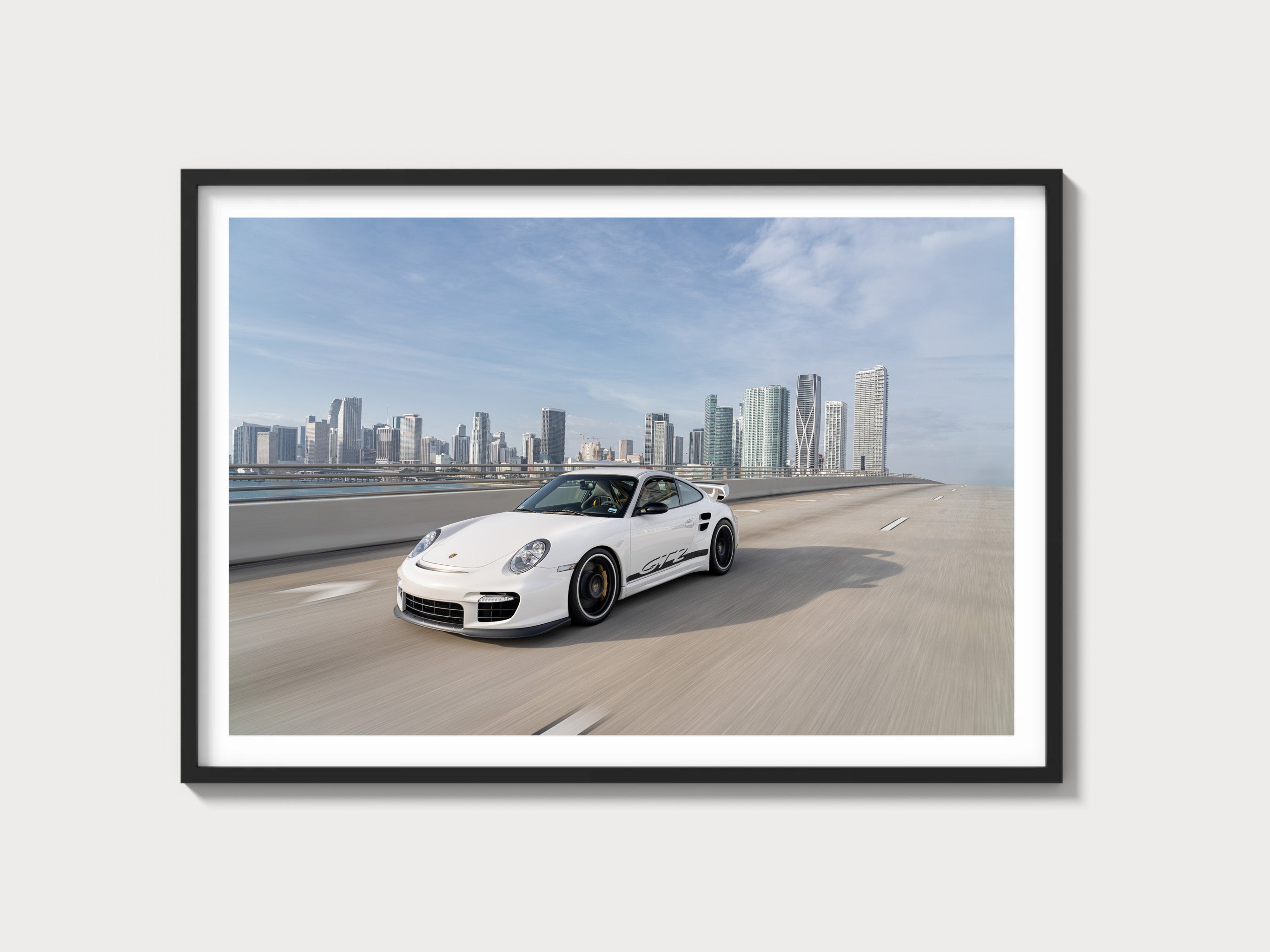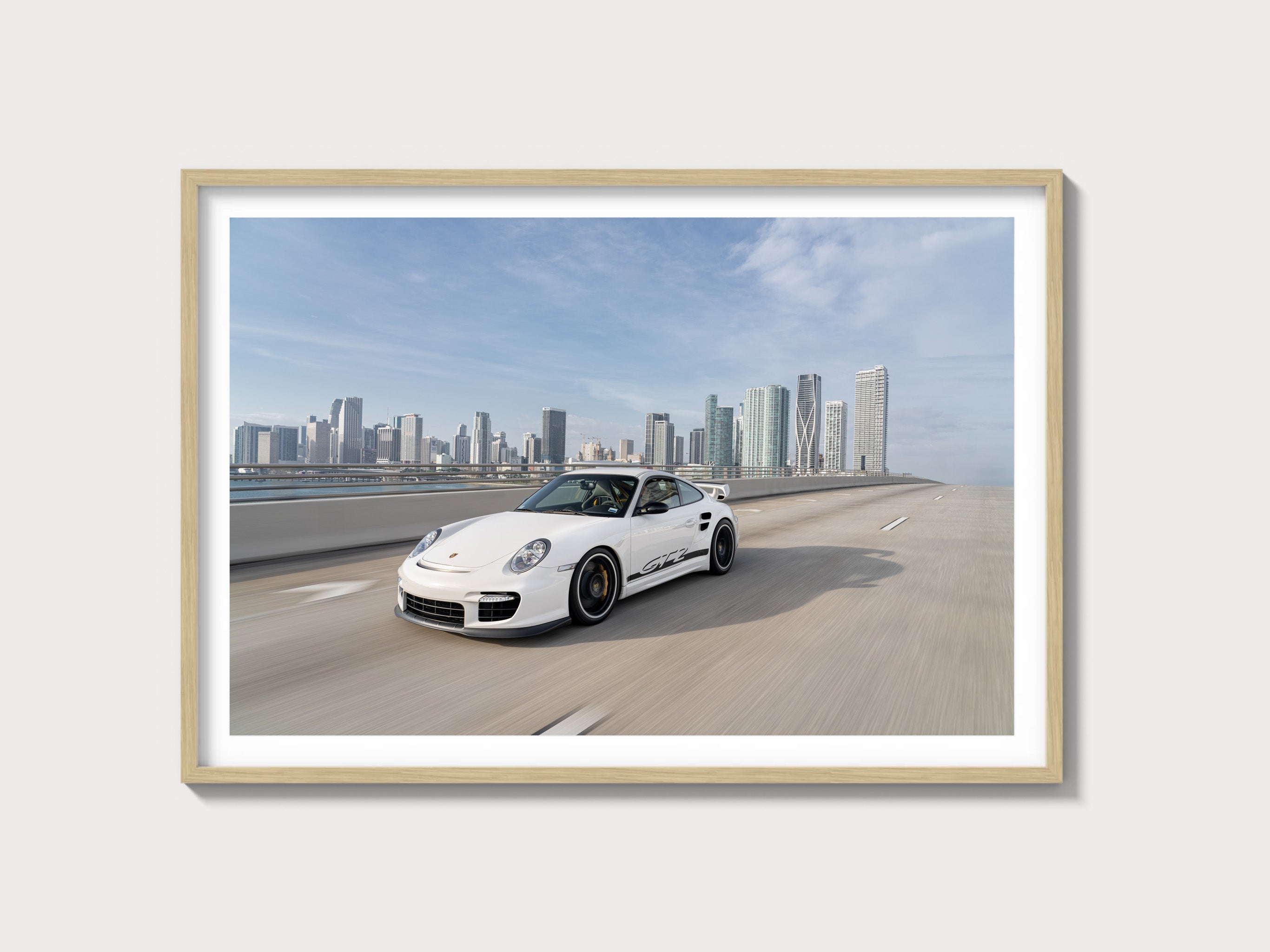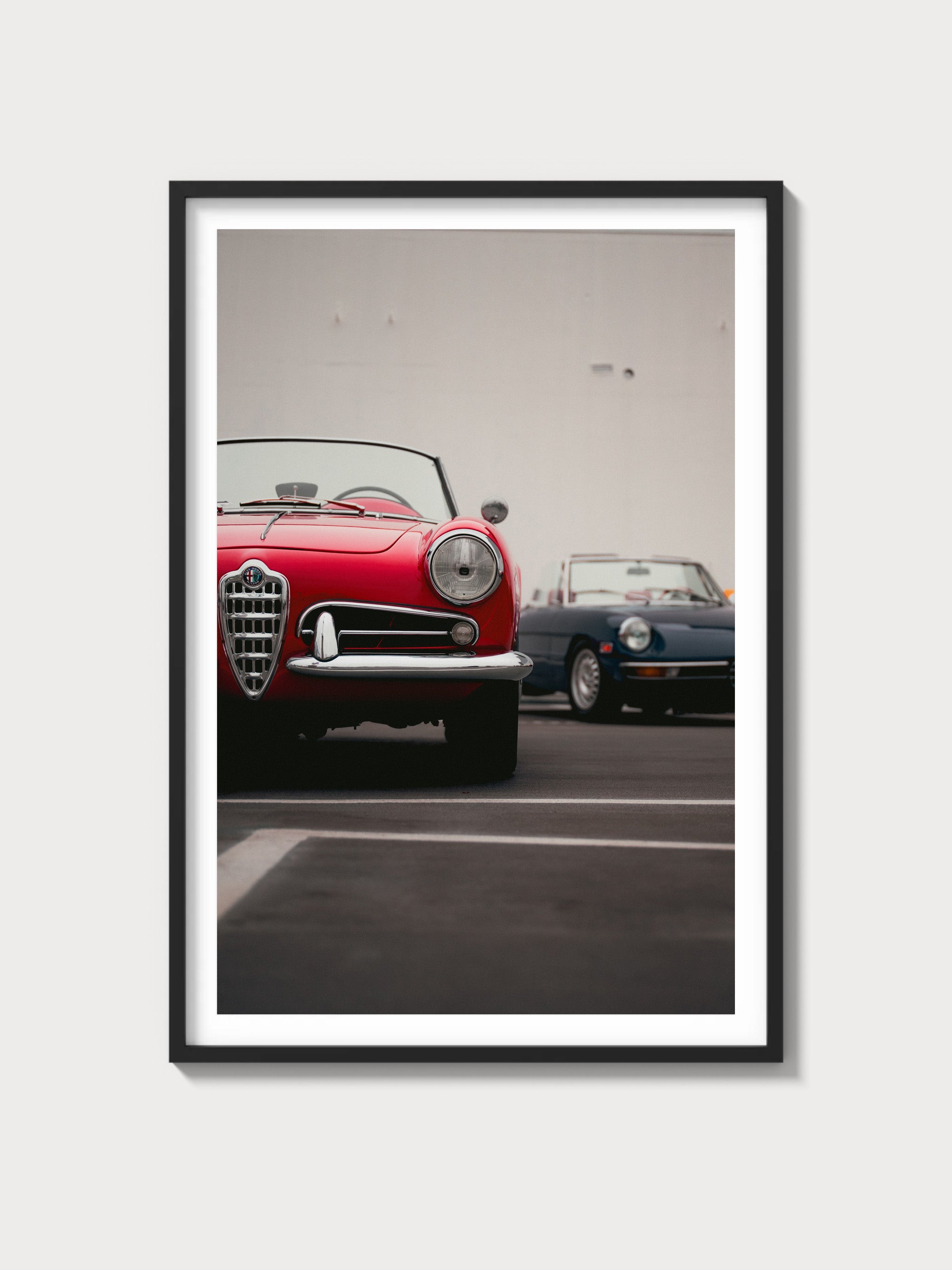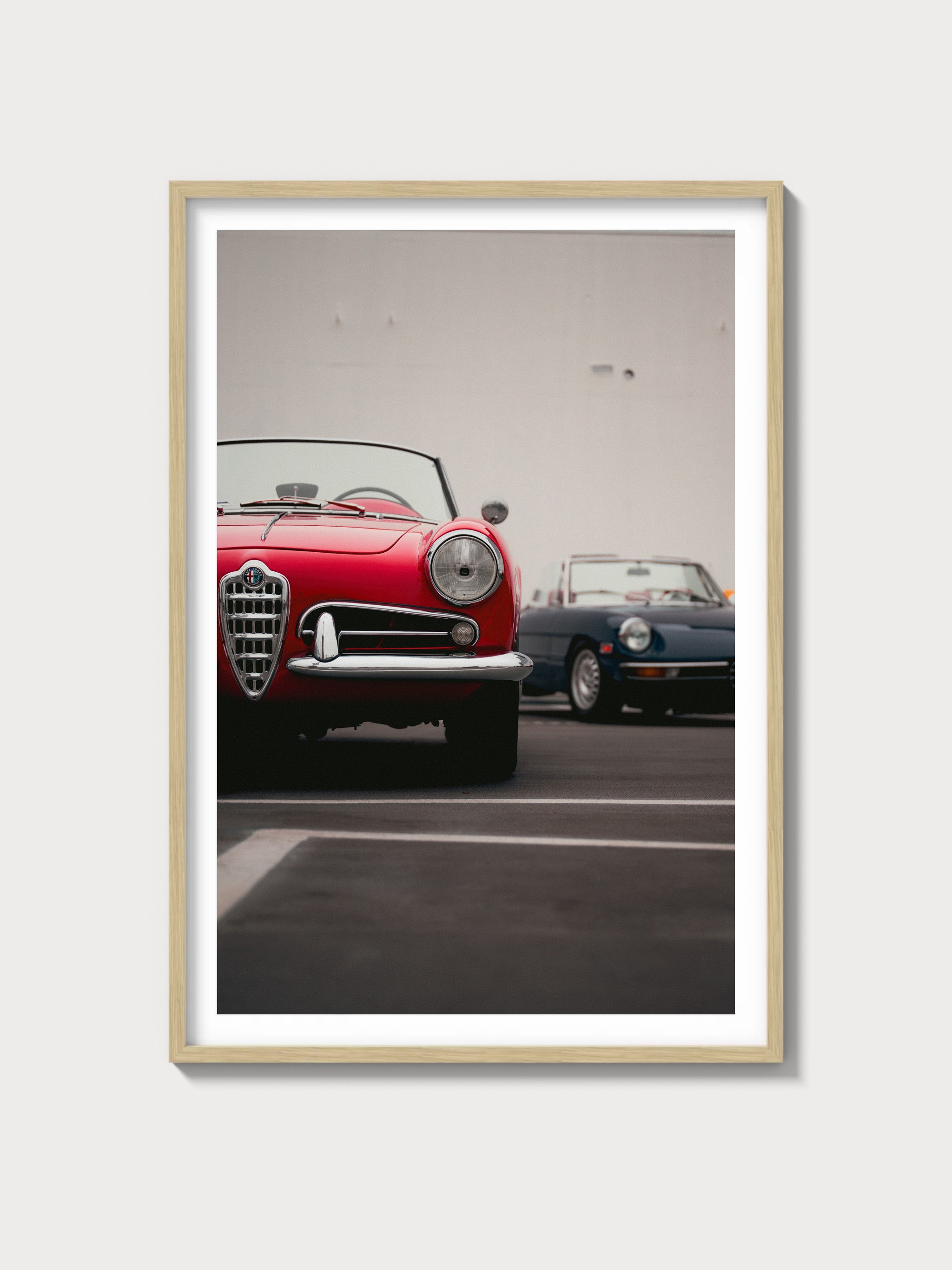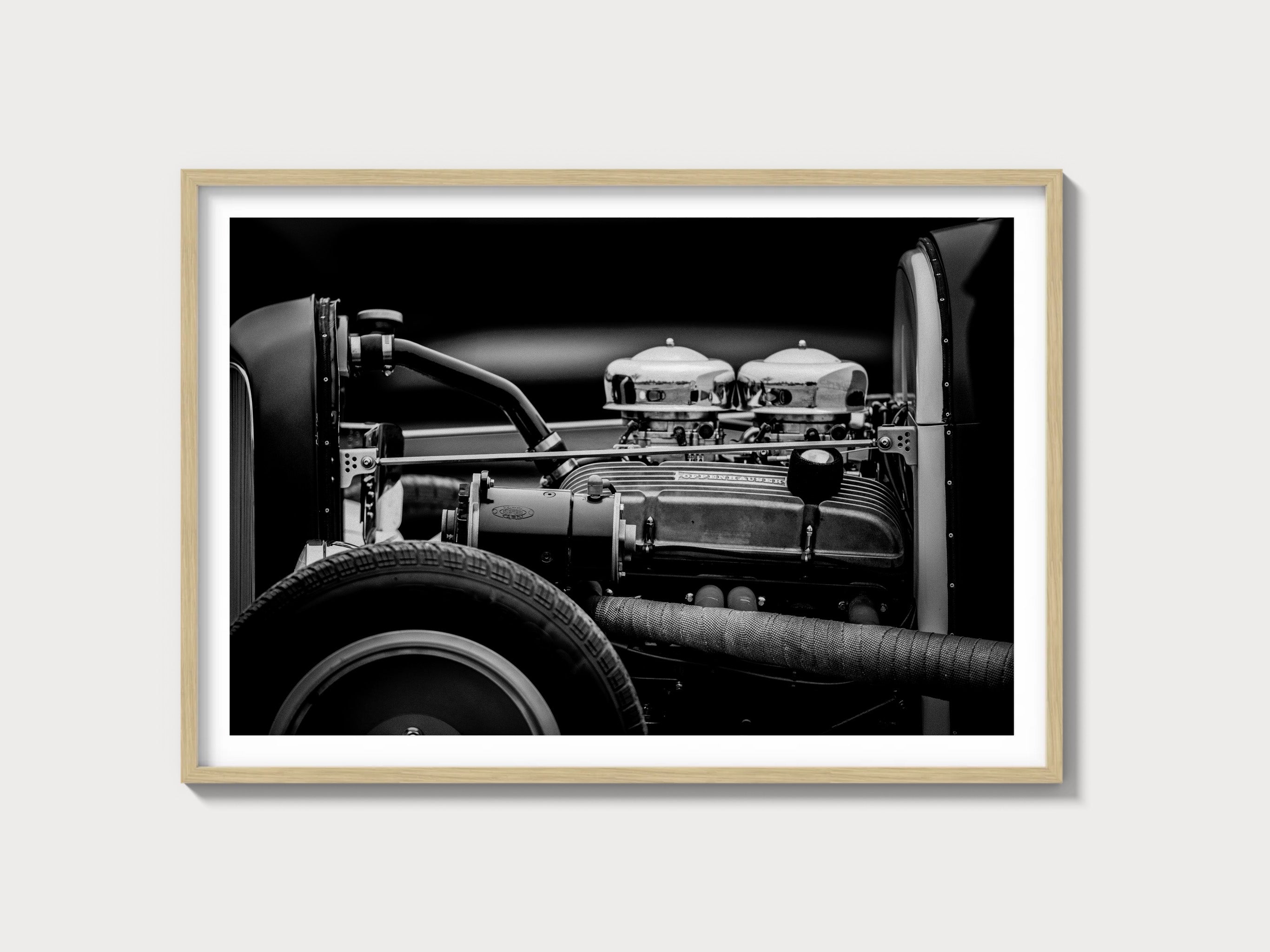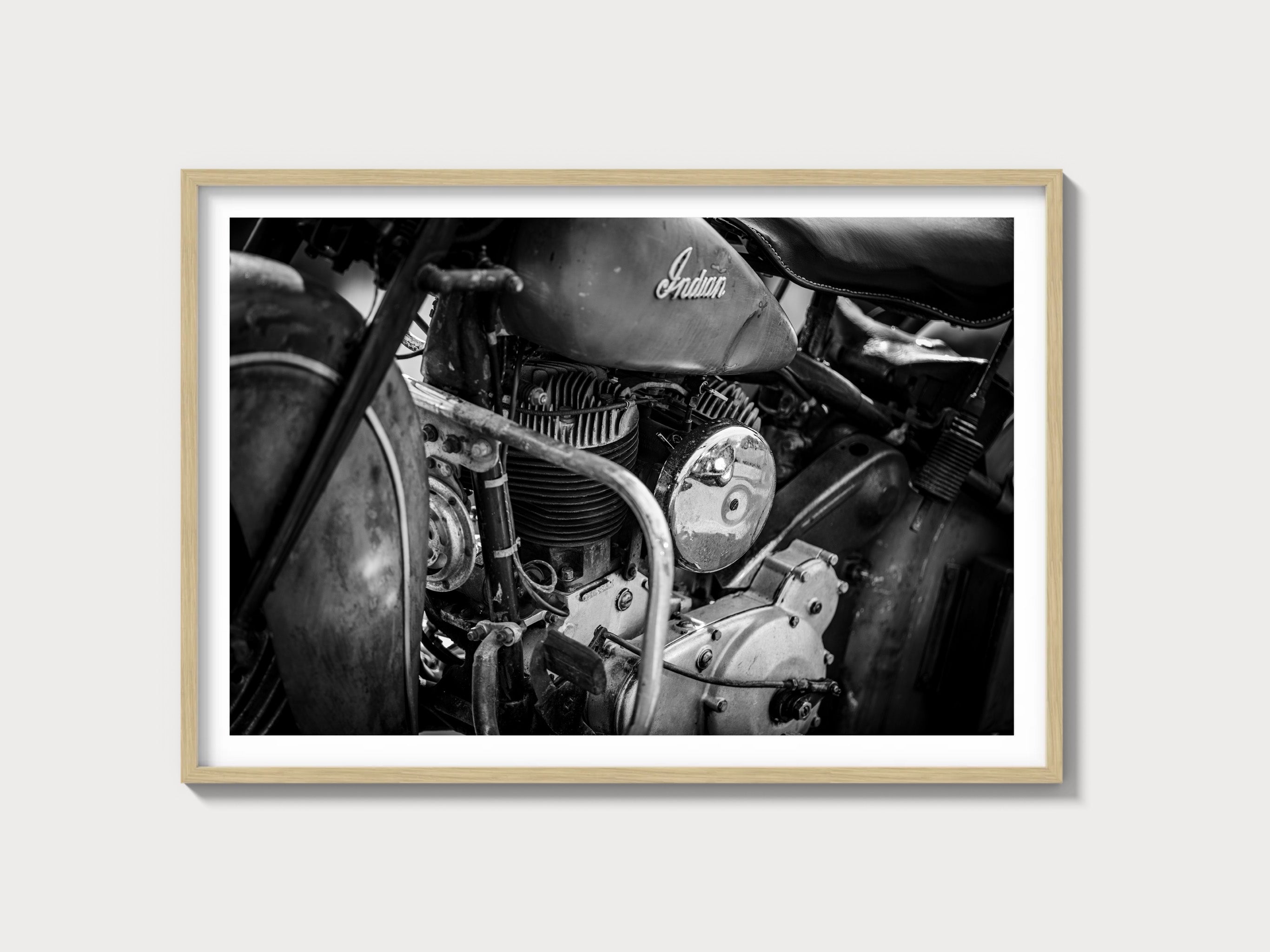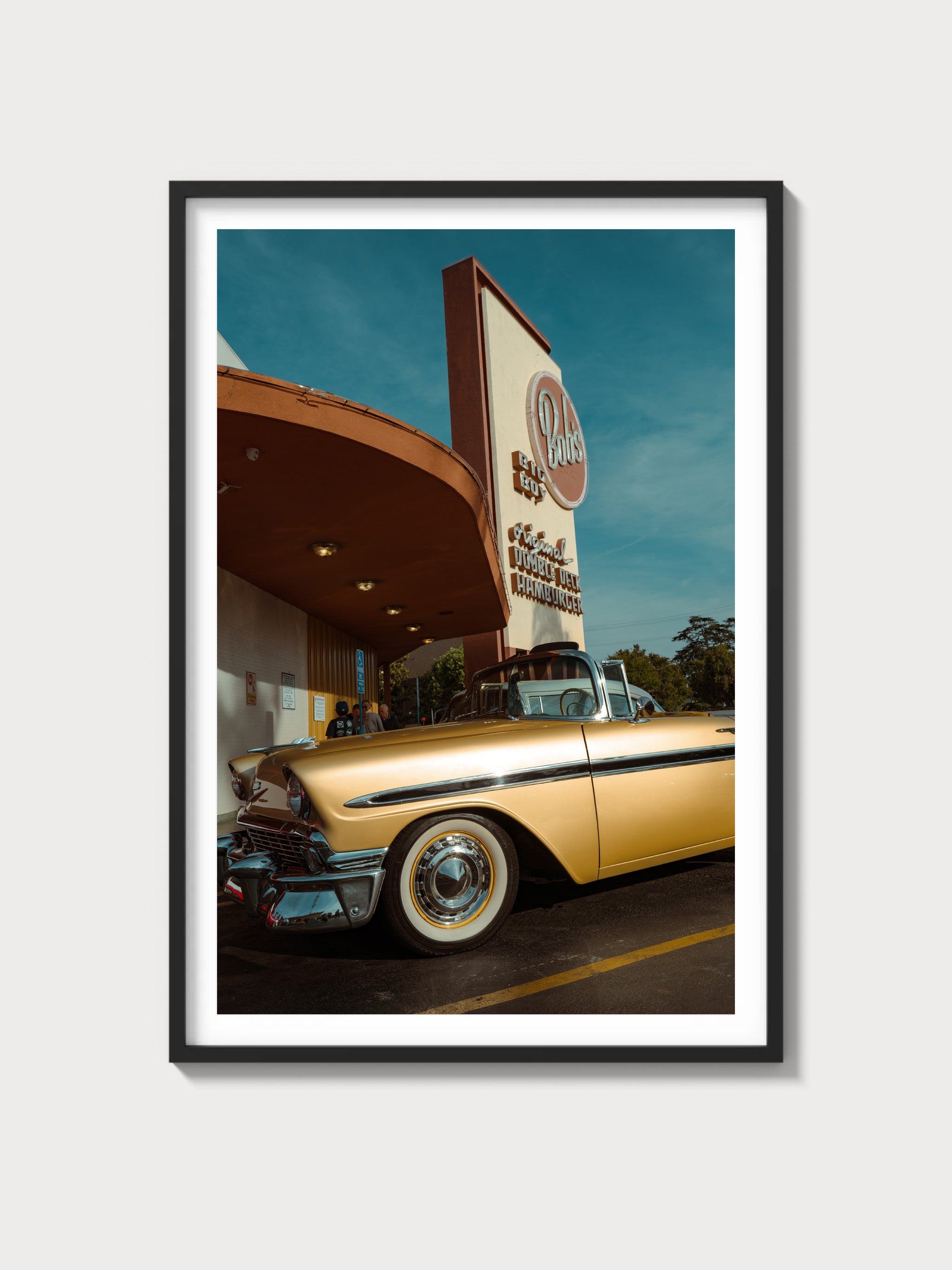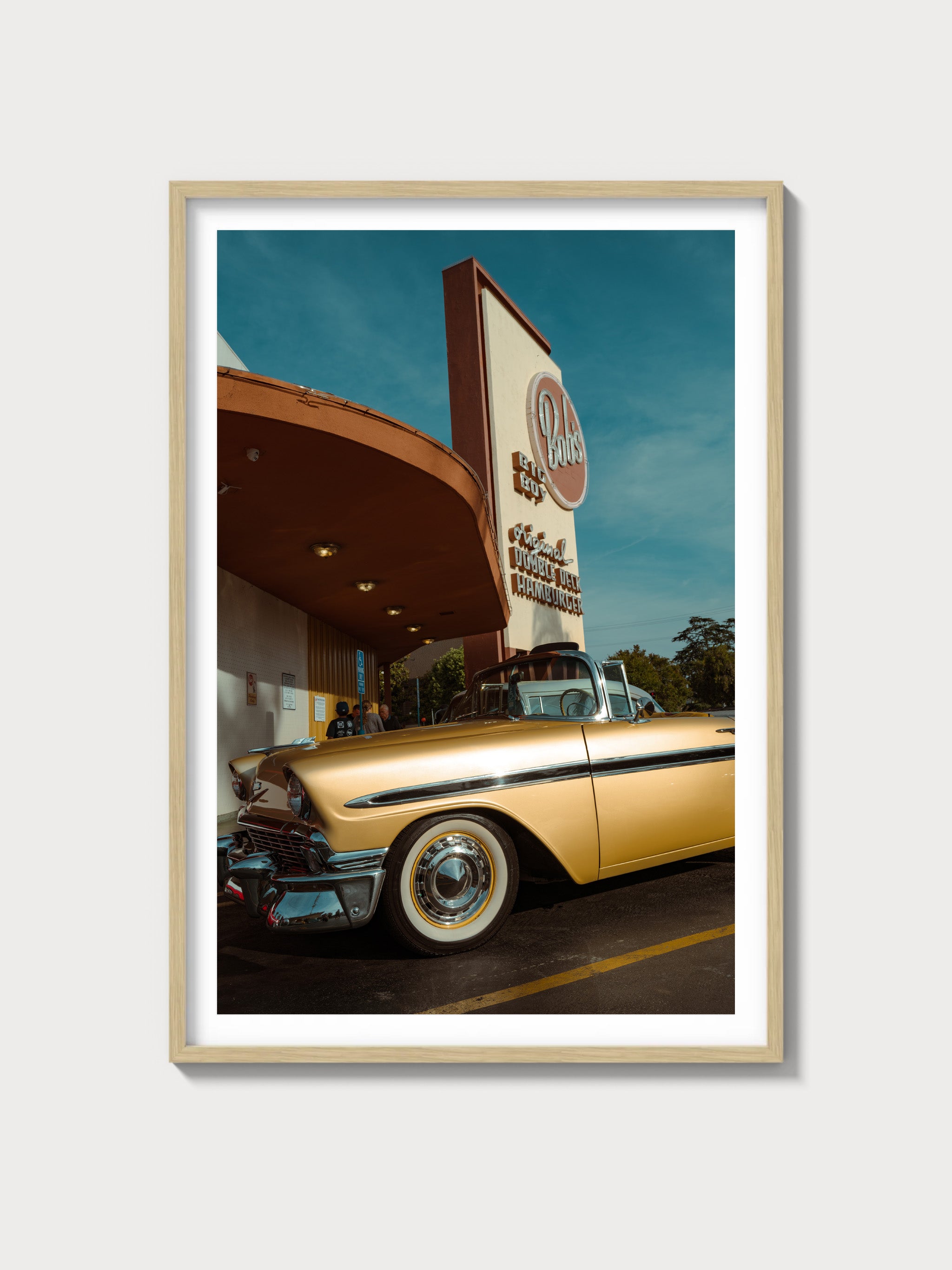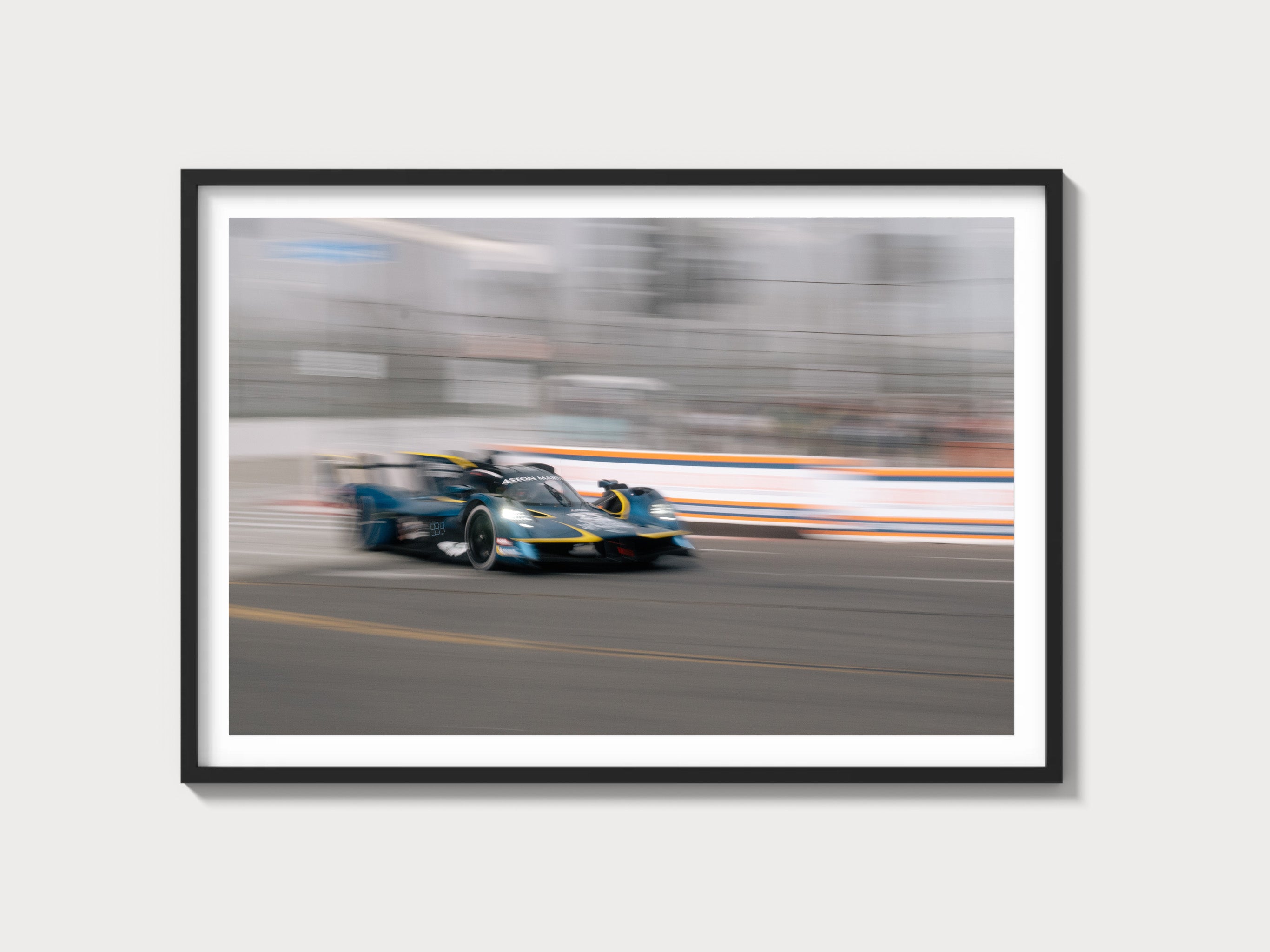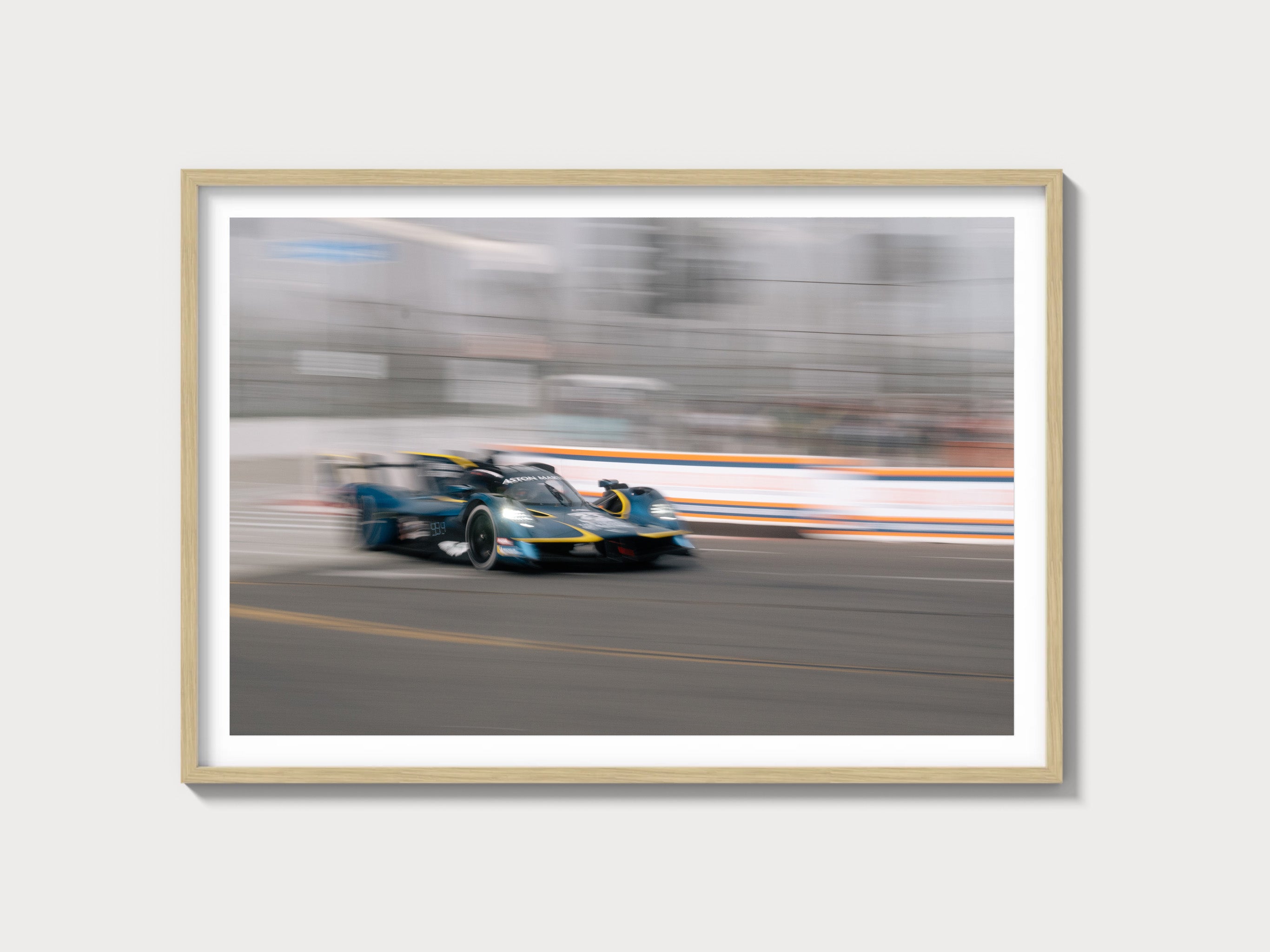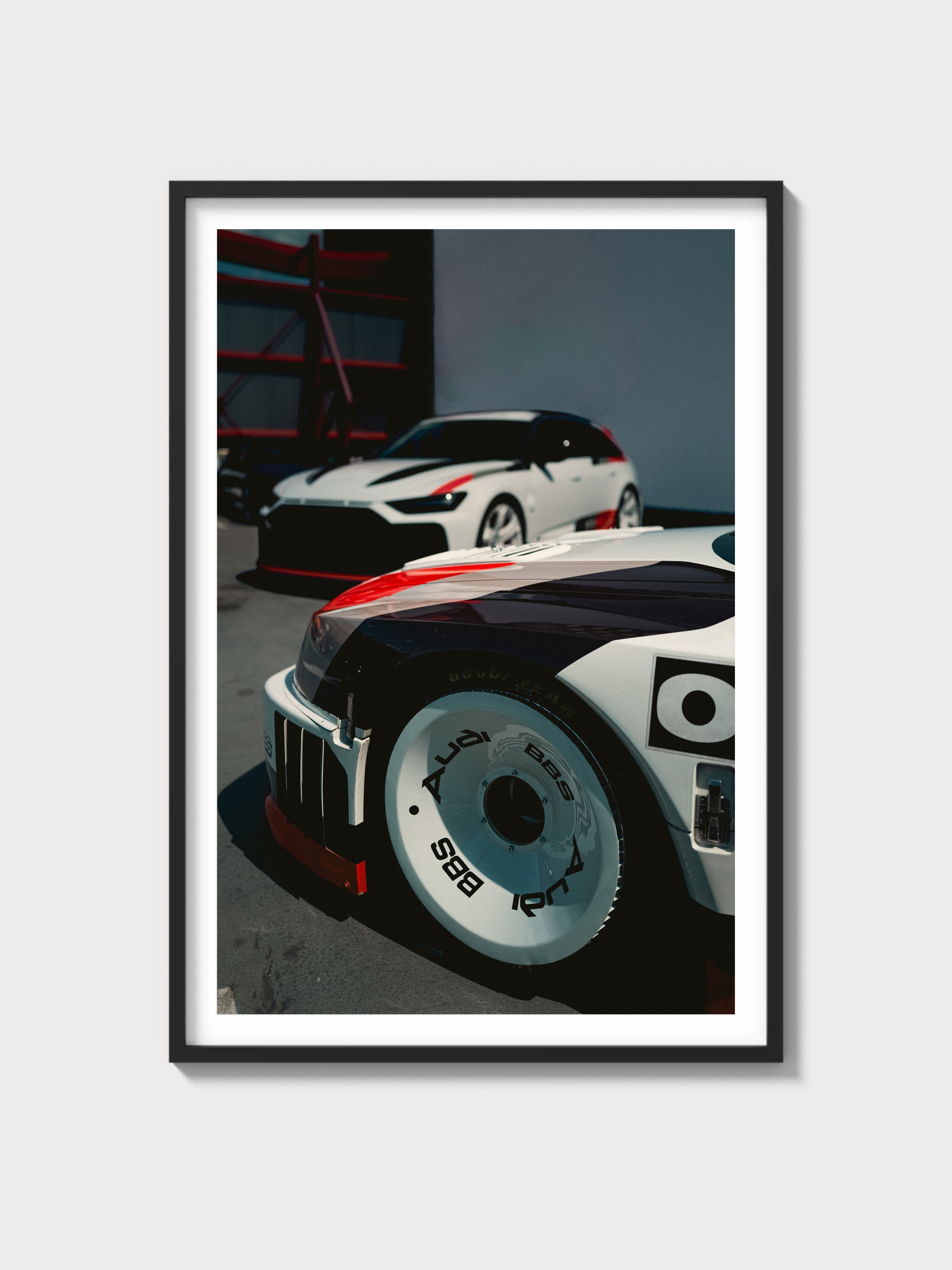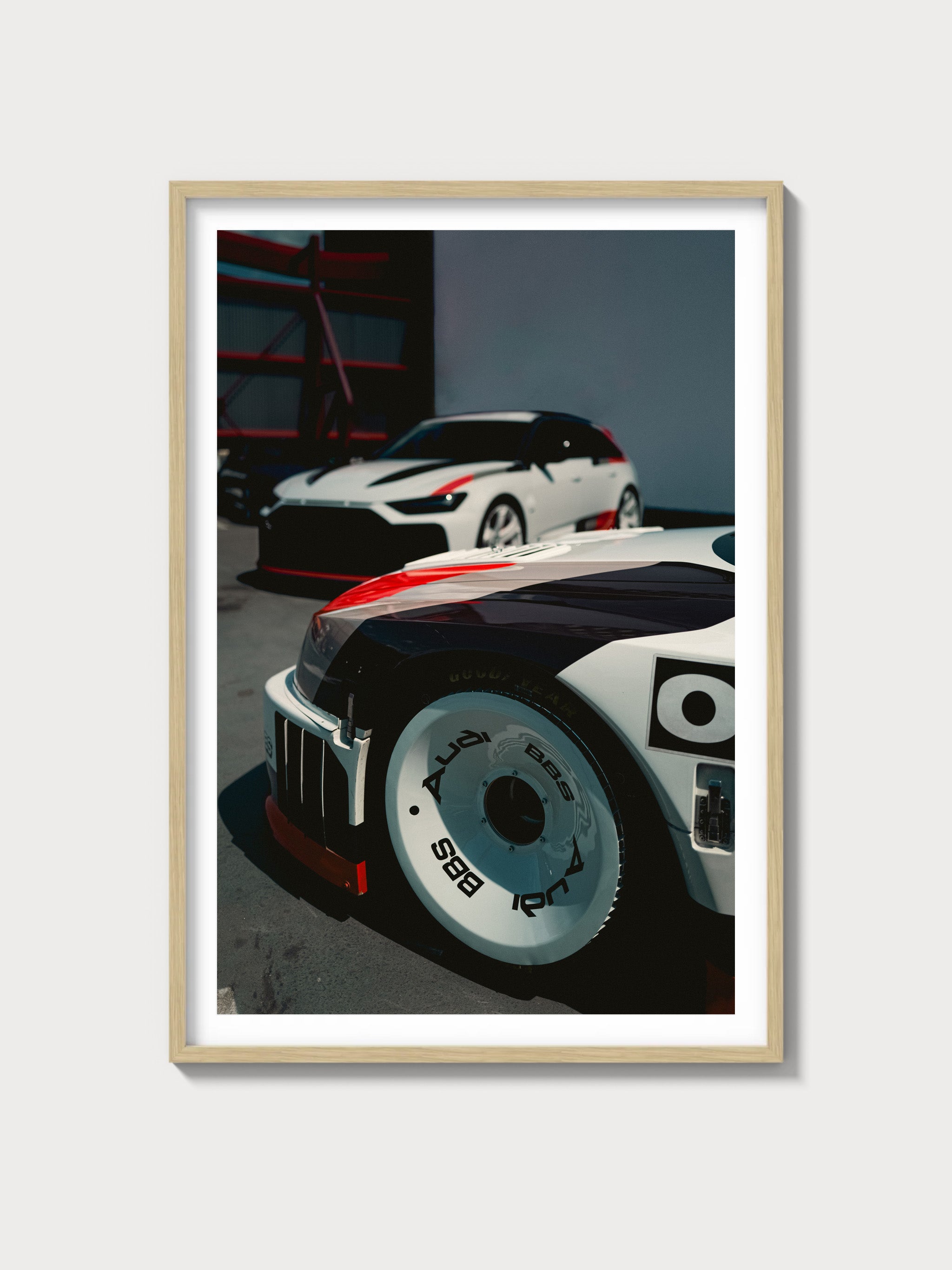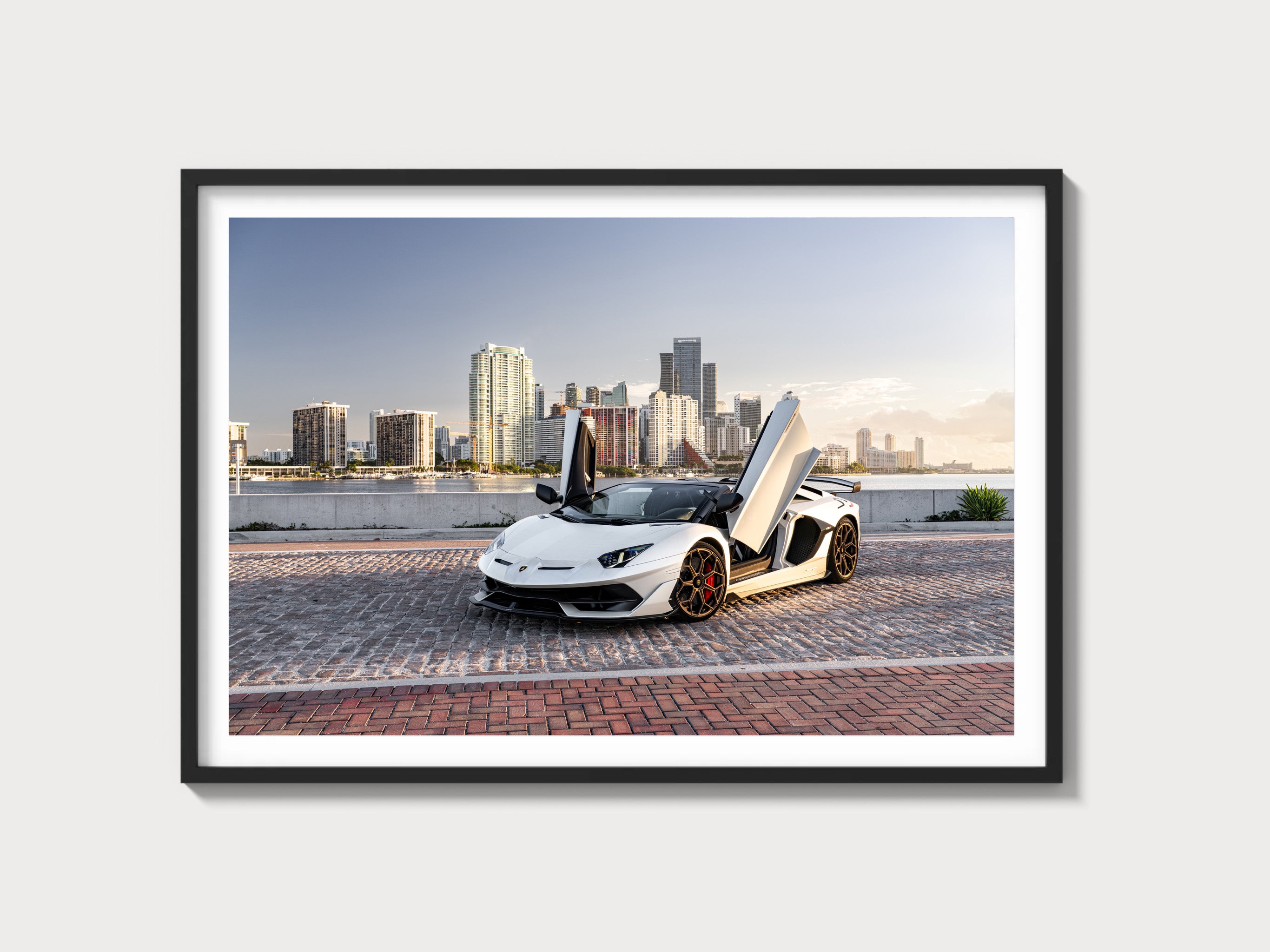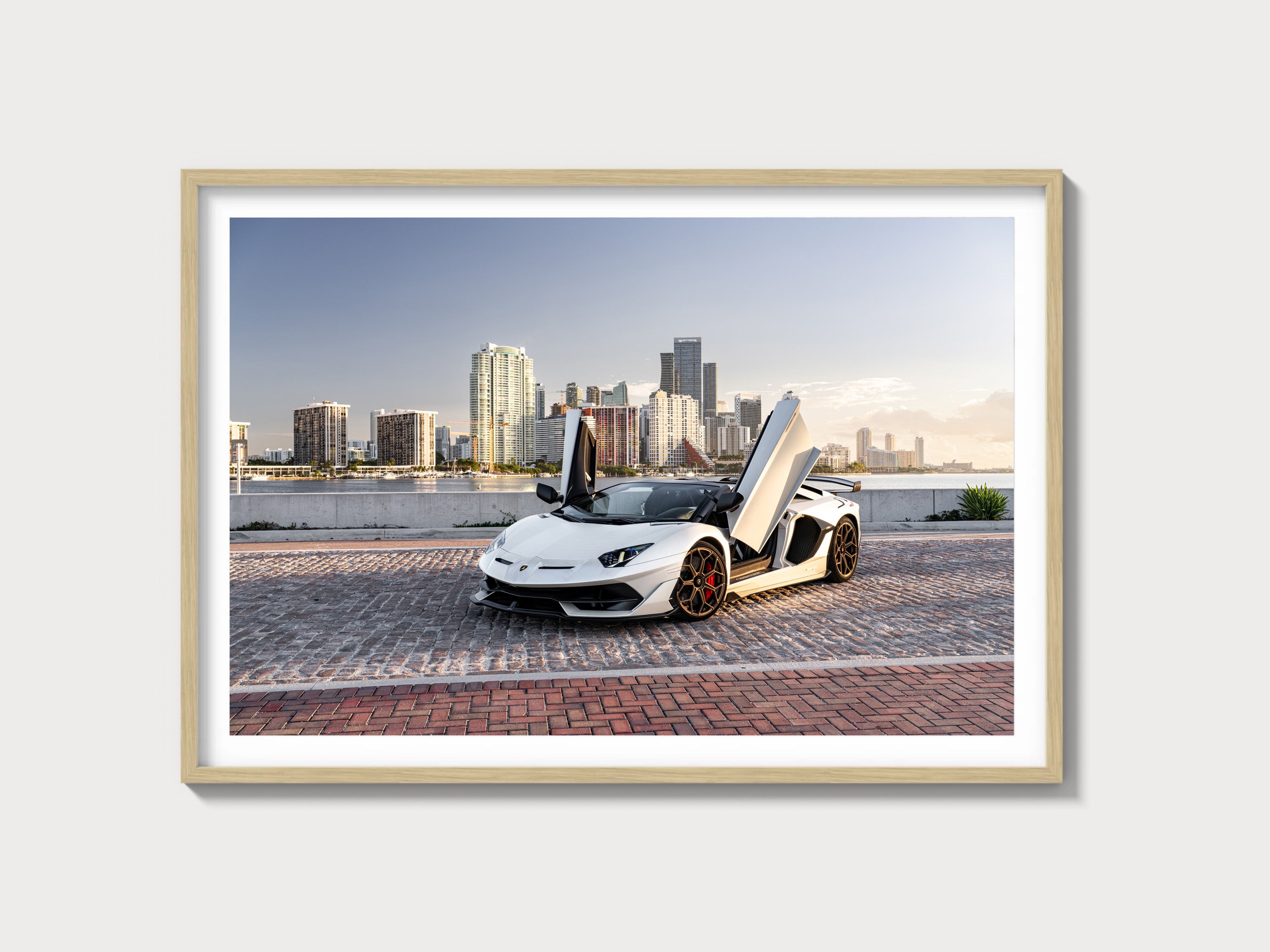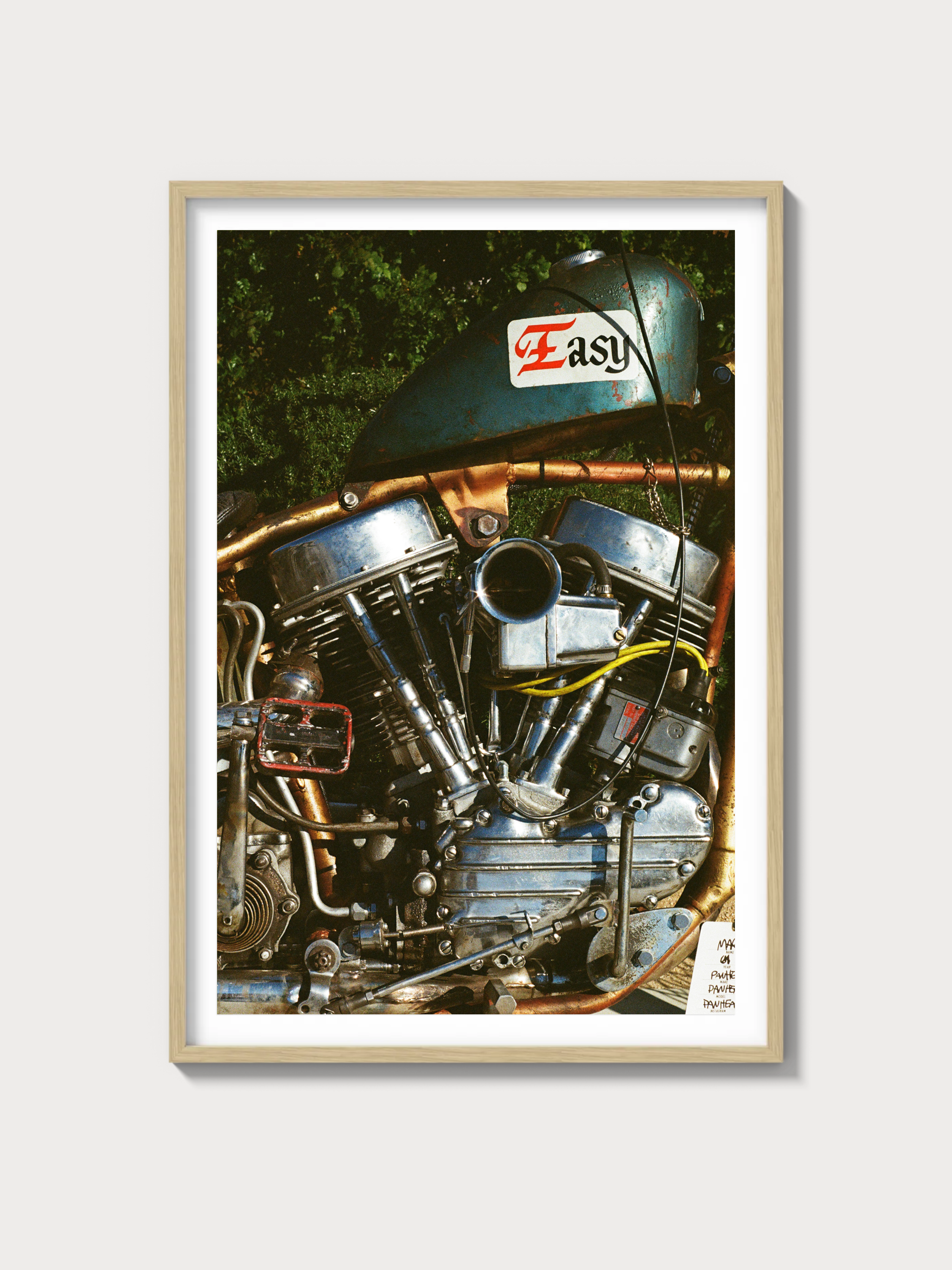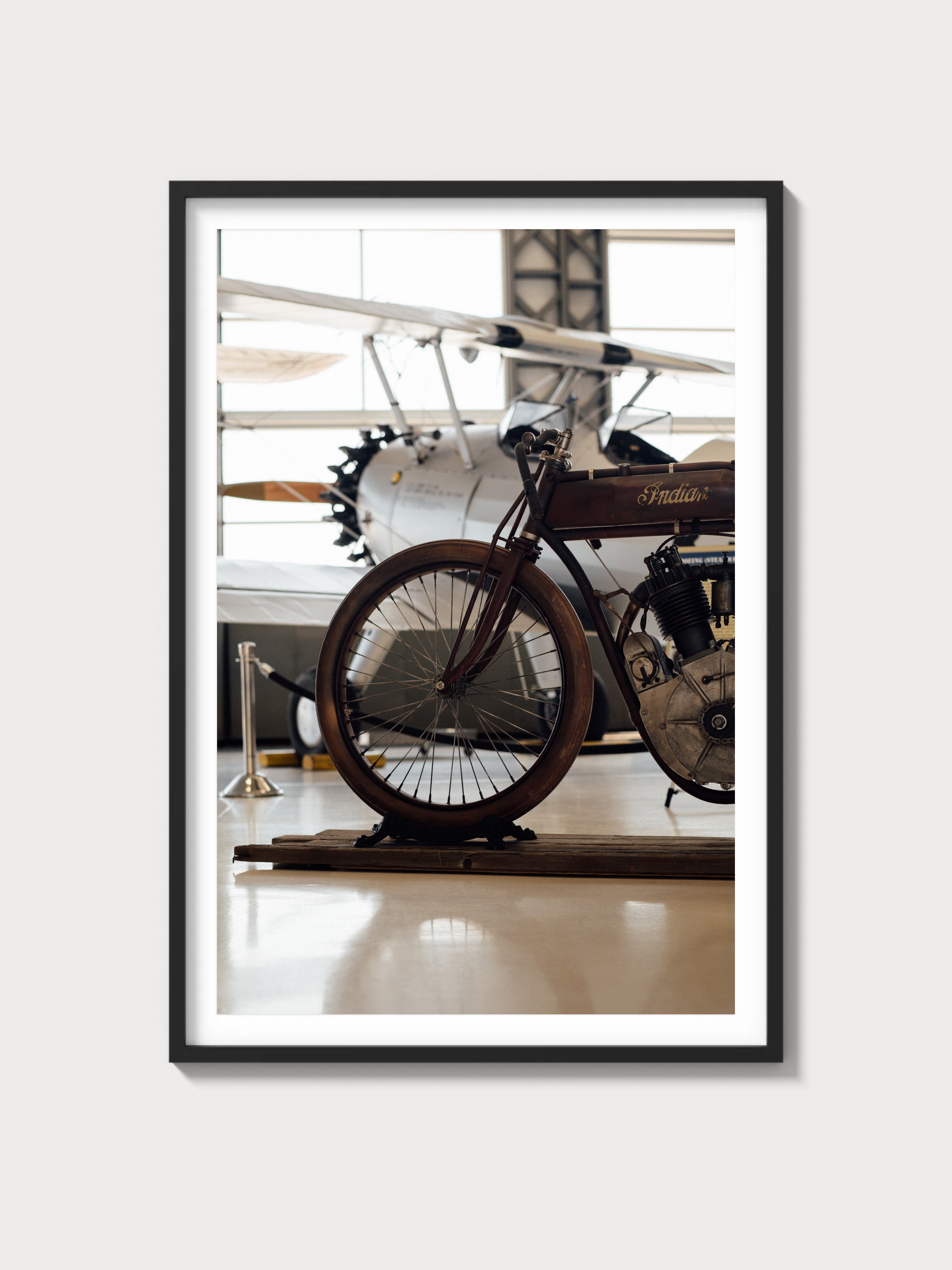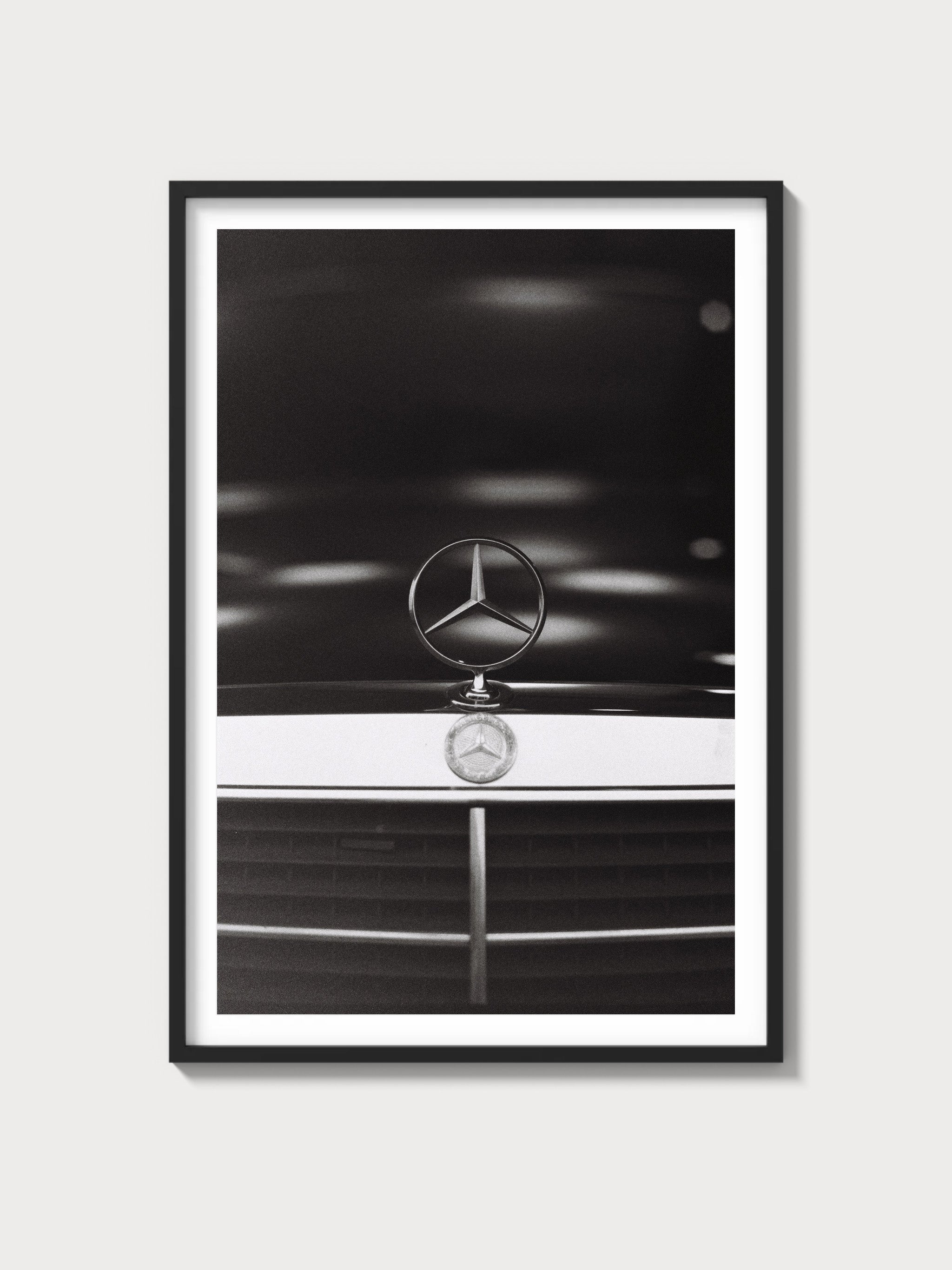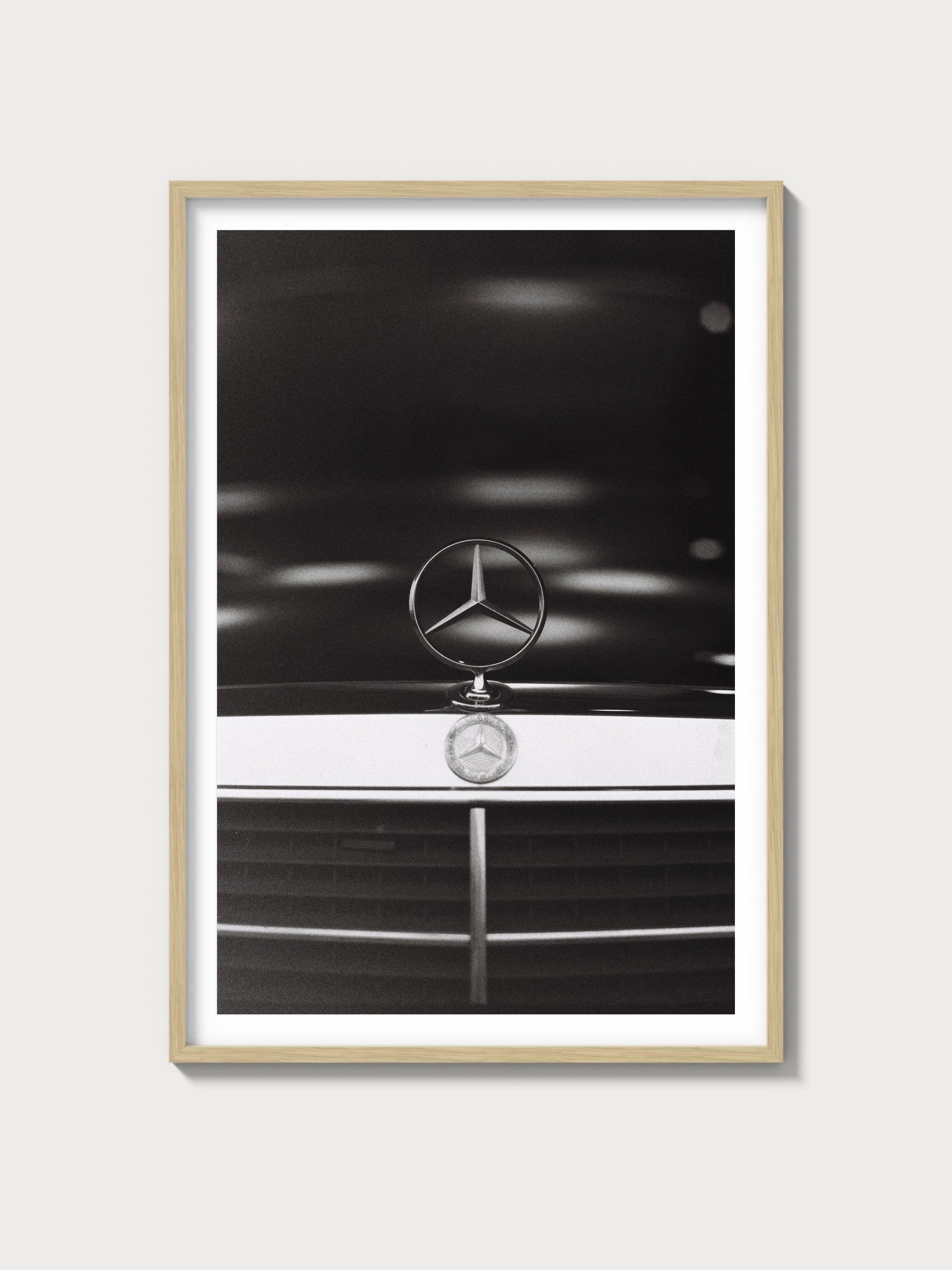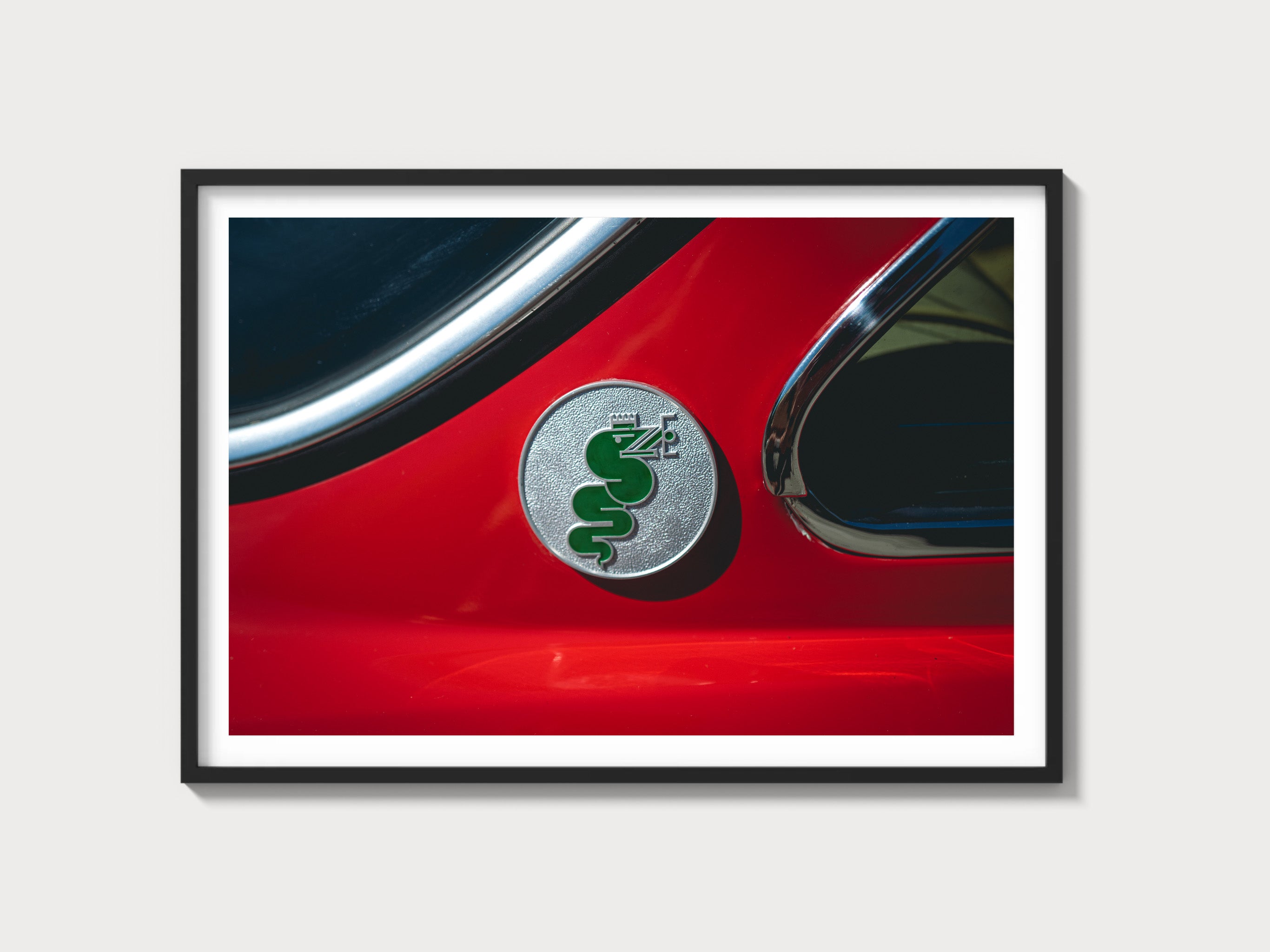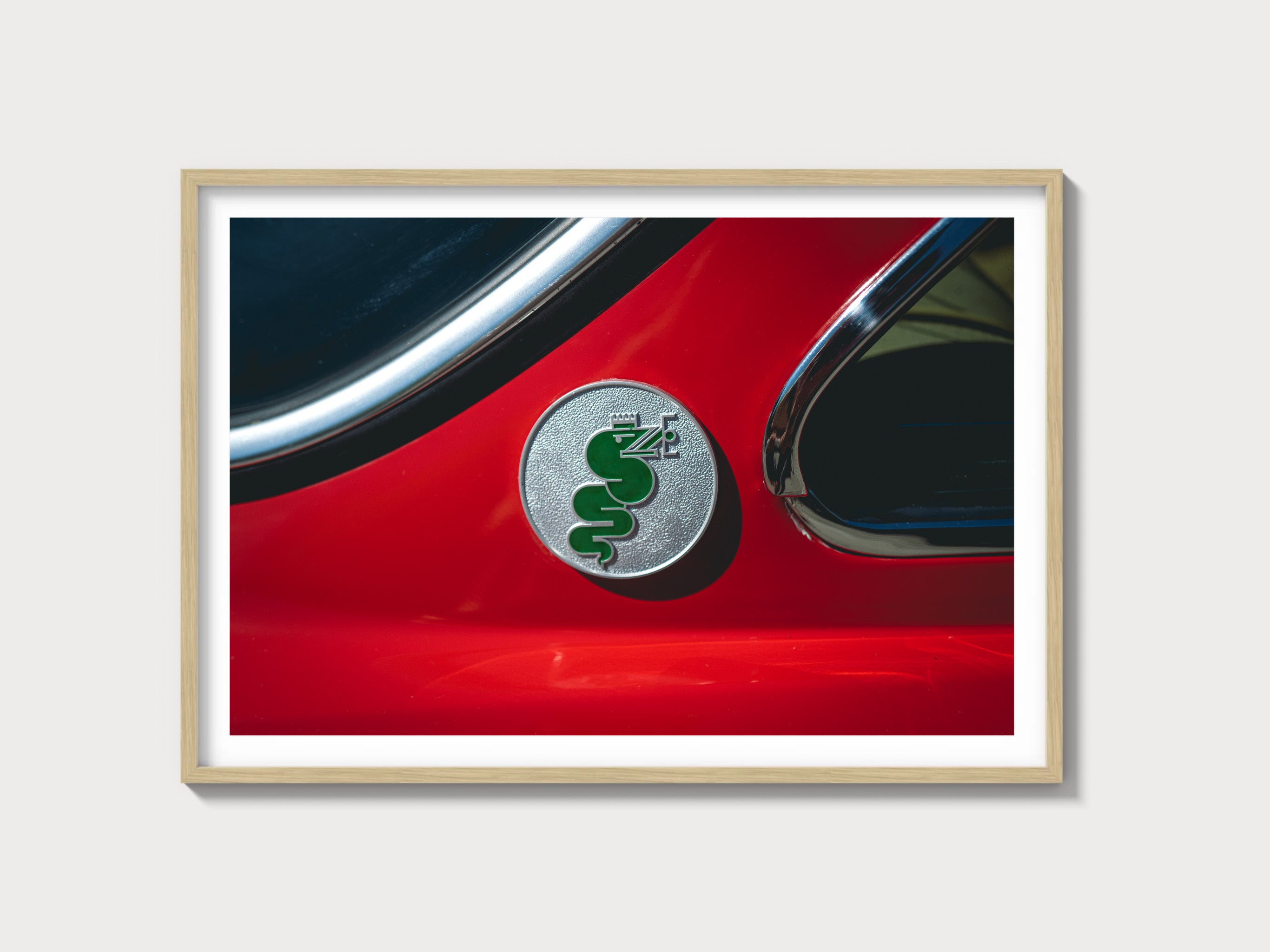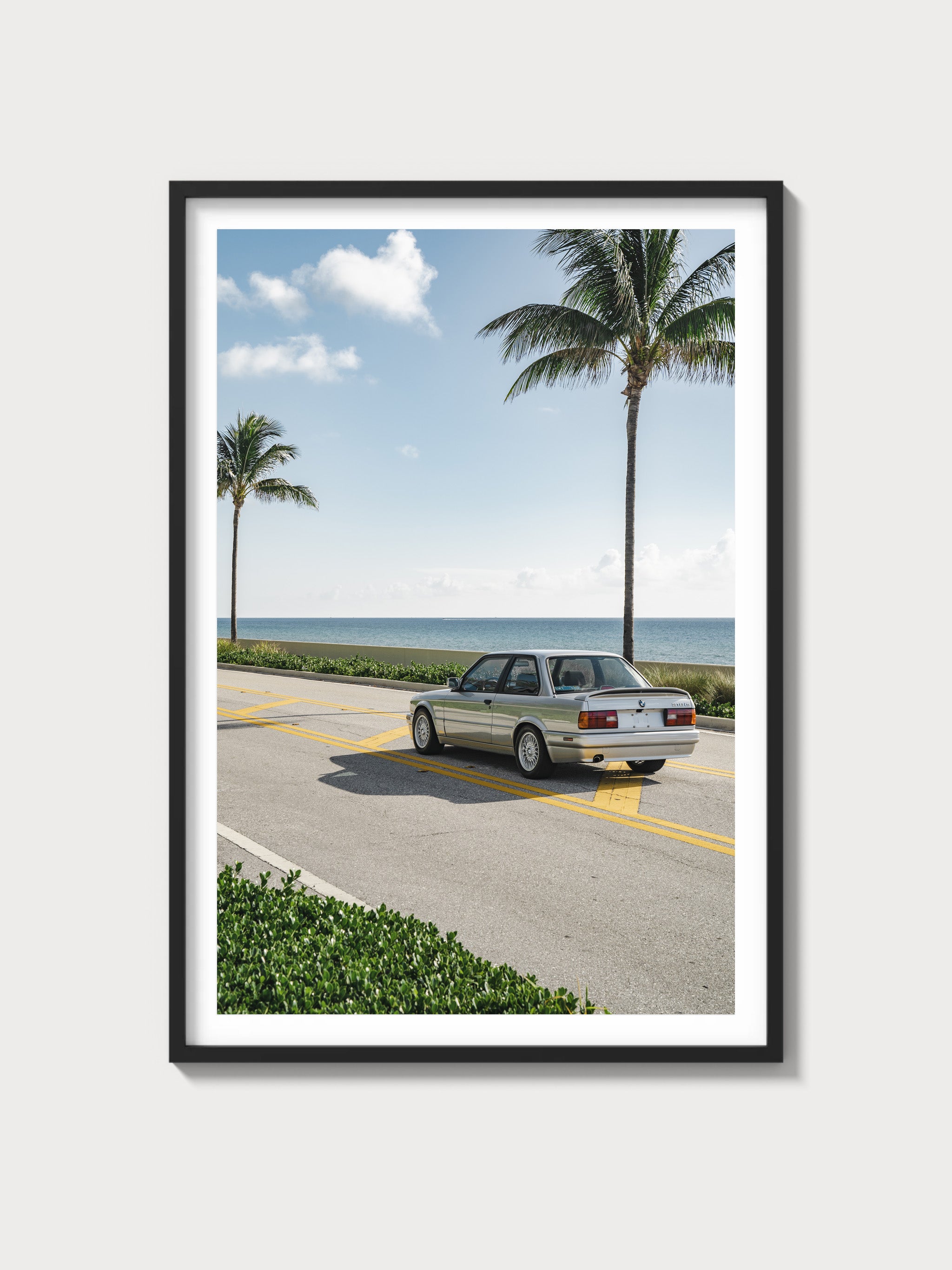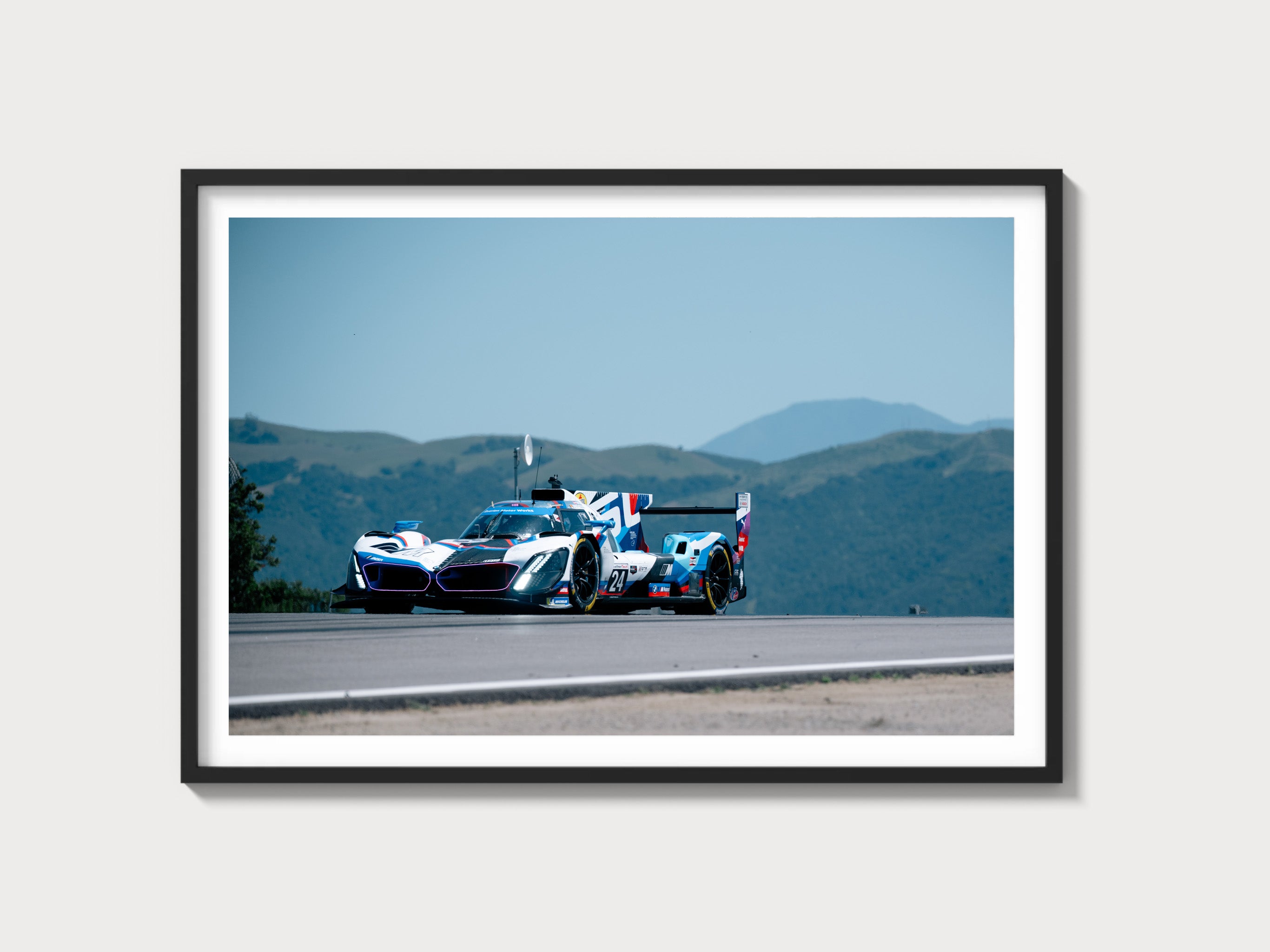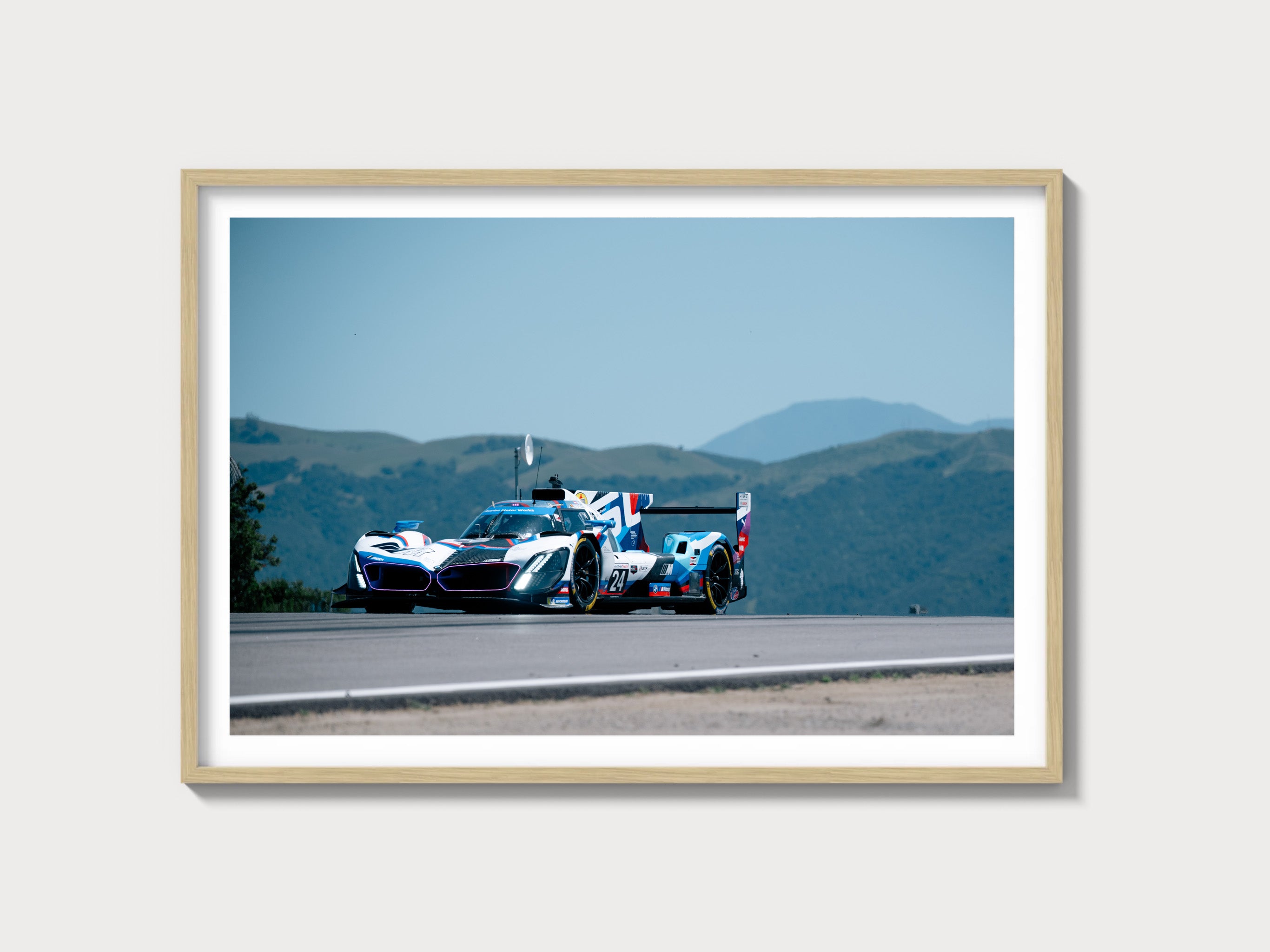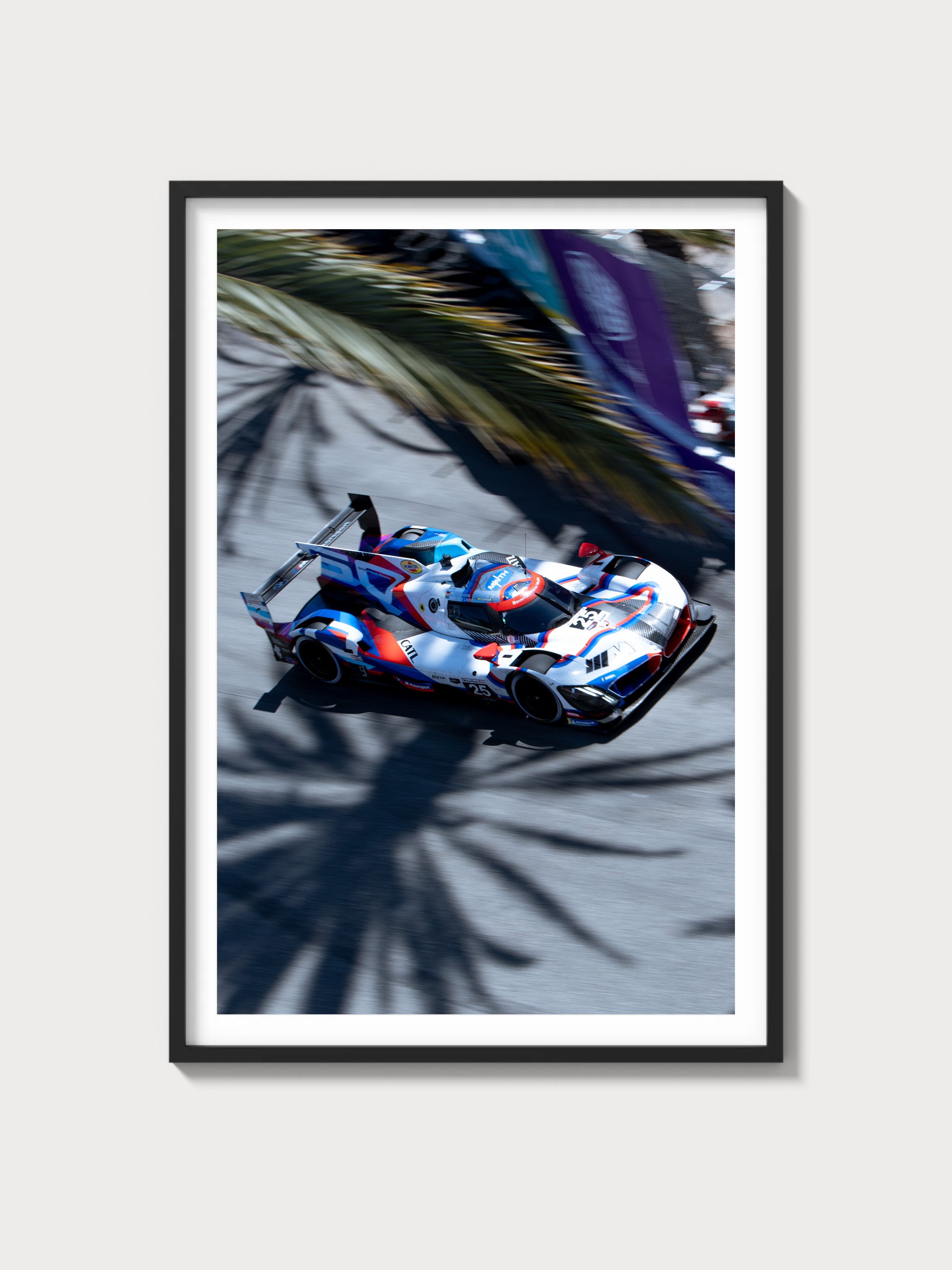Ferrari 375 MM: The Definitive History, Specs, and Racing Legacy
Introduction: Ferrari’s Racing Colossus
In the annals of Ferrari’s racing dynasty, the 375 MM of 1953 stands as a towering triumph—a machine engineered for supremacy on the world’s toughest circuits. Powered by a 4.5-liter Lampredi V12, this model saw 26 units produced, each a bespoke warrior sculpted by Pininfarina and Scaglietti for the Mille Miglia and beyond. Succeeding the 340 MM, the 375 MM—Mille Miglia—elevated Ferrari’s competition pedigree, its increased displacement and refined chassis securing victories that echoed across continents.
The year 1953 was a pinnacle for Ferrari, its 340 MM and 250 MM dominating the World Sportscar Championship (WSC). The 375 MM, introduced mid-season, was Enzo Ferrari’s ultimate weapon against Maserati and Jaguar. This exhaustive history, crafted with a Ferrari historian’s precision, delves into its technical mastery, its racing glory, its bespoke artistry, and its indelible legacy.
Historical Context: Ferrari’s Motorsport Apex
The Ferrari 375 MM roared into being during a year of unrivaled success. By 1953, Ferrari’s racing résumé—166 MM’s Le Mans 1949, 340 MM’s Mille Miglia 1953—was peerless, yet the WSC demanded more. The 340 MM’s 4.1L V12 had conquered, but its 300 hp faced stiffer competition from Jaguar’s disc-braked C-Type. The 375 MM, with its 4.5L engine, answered, its 340 hp designed to dominate endurance classics like Le Mans and the Carrera Panamericana.
Twenty-six units were built—15 Pininfarina spyders, 5 Scaglietti spyders, 4 Pininfarina Berlinettas, 2 special coupes—each a hand-crafted marvel for factory teams and privateers. Chassis 0360MM, a Pininfarina spyder, debuted at the 1953 Giro di Sicilia, its muscular form a harbinger of Ferrari’s relentless ambition. This was a car born of Italy’s postwar industrial might, its coachbuilders at their peak, fueled by the WSC’s global spotlight.
The broader landscape of 1953 framed its purpose. The WSC pitted Ferrari against Maserati’s A6GCS/53, Mercedes’ looming 300 SLR, and Jaguar’s C-Type. The 375 MM’s limited run reflected Enzo’s strategy: win races, homologate the 4.5L V12, and fund road cars like the 375 America.
Technical Specifications: The Lampredi V12’s Racing Peak
The Ferrari 375 MM’s soul was its 4.5-liter Lampredi V12—a race-tuned juggernaut that redefined Ferrari’s engineering limits. Below, we dissect its anatomy with historian’s rigor.
Engine: Lampredi’s 4.5-Liter Fury
Displacing 4,522 cc (bore 84 mm, stroke 68 mm), the 375 MM’s V12 enlarged the 340 MM’s 4,101 cc unit via a bore increase from 80 mm. With a single overhead camshaft per bank, an 8.5:1 compression ratio, and triple Weber 40 DCF/3 carburetors, it delivered 340 horsepower at 7,000 rpm—40 hp more than the 340 MM. The aluminum block, dry-sump lubrication, and 60-degree V-angle weighed 320 lbs, producing 260 lb-ft of torque at 5,200 rpm.
This engine was a racing titan. Chassis 0370MM, raced at Le Mans, reportedly hit 350 hp with high-lift cams, its dry sump ensuring reliability under extreme loads. Its redline—7,500 rpm—unleashed a visceral roar, a step beyond the 340 MM’s endurance tune.
Performance: Unrelenting Speed
The 375 MM reached 180 mph (290 km/h)—verified by Autosport’s 1954 test—eclipsing the 340 MM’s 174 mph, with a 0-60 mph time of ~5.8 seconds. Its power-to-weight ratio (378 hp/ton) crushed the Jaguar C-Type (200 hp/ton), its lightweight chassis amplifying its V12 might.
Chassis and Suspension: Track-Honed Precision
The chassis was a tubular steel ladder frame, weighing 900 kg (1,984 lbs)—matching the 340 MM’s agility despite the larger engine. Its 2,600 mm wheelbase—longer than the 340 MM’s 2,420 mm—balanced stability and cornering. Front suspension used double wishbones with a transverse leaf spring and Houdaille shocks, while the rear featured a live axle with semi-elliptic leaf springs and twin trailing arms, stiffened for racing punishment.
Transmission and Brakes: Raw Power Harnessed
A 4-speed manual gearbox—non-synchronized, with a heavy-duty clutch—drove the rear wheels, its ratios (1st: 2.80, 4th: 0.95) optimized for acceleration and top speed. Braking relied on 15-inch hydraulic drum brakes, finned and widened for 1.0g deceleration—a match for the 340 MM, though discs would soon prevail.
| Specification | Details |
|---|---|
| Engine | 4.5L V12, 340-350 hp @ 7,000 rpm |
| Displacement | 4,522 cc (84 mm x 68 mm) |
| Top Speed | ~180 mph (290 km/h) |
| 0-60 mph | ~5.8 seconds |
| Weight | 900 kg (1,984 lbs) |
| Transmission | 4-speed manual |
| Suspension (Front) | Double wishbone, transverse leaf springs |
| Suspension (Rear) | Live axle, semi-elliptic leaf springs |
| Brakes | Hydraulic drums, 15-inch |
Design and Styling: Racing’s Sculpted Form
The Ferrari 375 MM’s aesthetic was pure racing function, elevated by Pininfarina and Scaglietti’s artistry.
Exterior: Brutal Beauty
Pininfarina crafted 15 spyders—chassis 0360MM featured a low grille, cycle fenders, and a minimalist windshield, finished in Rosso Corsa. Scaglietti’s 5 spyders, like chassis 0374MM, added smoother curves post-1953, a preview of their 250 GTO work. Four Berlinettas (e.g., 0370MM) offered fastback roofs, while two special coupes—0416AM, rebodied by Scaglietti for Roberto Rossellini—boasted panoramic windows. The 2,600 mm wheelbase kept it taut, aluminum bodies minimizing weight.
Interior: Spartan Focus
The cockpit was a racer’s lair: a single leather bucket seat, a 3-spoke steering wheel, and a dash with Veglia gauges—tachometer (8,000 rpm redline), speedometer, oil pressure. No frills—just raw aluminum and exposed rivets, built for speed over comfort.
Production and Variants: A Racing Elite
The Ferrari 375 MM’s 26-unit run (1953-1955) was a racing-focused triumph: 15 Pininfarina spyders, 5 Scaglietti spyders, 4 Pininfarina Berlinettas, 2 special coupes. Chassis 0358MM launched the series, while 0456AM closed it, some rebodied later. No road variants existed—its sibling, the 375 America, filled that role. Production waned as the 410 Superamerica emerged.
Performance and Racing Legacy: Global Dominance
The Ferrari 375 MM racing history is a saga of conquest. Chassis 0374MM, driven by Phil Hill and Richie Ginther, won the 1953 Carrera Panamericana, its 2,000-mile trek a testament to V12 endurance. Chassis 0370MM took 2nd at Le Mans 1954, proving its mettle despite drum-brake limits. At the 1953 Pescara 12 Hours, 0362MM claimed victory, while 0358MM won the Coppa d’Oro delle Dolomiti.
Its lightweight chassis and ferocious power ruled diverse tracks, though drum brakes faded against disc-equipped rivals by 1955. The 375 MM’s reign was brief but monumental, a bridge to the disc-brake era.
Ownership and Market Value: A Racing Relic
The Ferrari 375 MM value reflects its rarity and victories. Early owners included Hill (0374MM) and Rossellini (0416AM). Today, prices range $7-10 million—chassis 0374MM fetched $9.1 million at Bonhams 2022. Restoration costs—V12 rebuilds at $200,000—underscore its elite status.
Cultural Impact: Ferrari’s Racing Zenith
The 375 MM capped Ferrari’s early racing giants, its 4.5L V12 and victories influencing the 410 Superamerica. In 1950s lore, it’s the car of Panamericana legends and Le Mans dreams, a titan of Maranello’s golden age.
Comparisons: Ferrari 375 MM vs Rivals
The Ferrari 375 MM vs Mercedes-Benz 300 SLR pits 340 hp V12 against 310 hp straight-8—Ferrari led in agility, Mercedes in tech. The Jaguar C-Type (200 hp) trailed in power but matched in spirit.
| Model | Engine | Power | Weight | Top Speed |
|---|---|---|---|---|
| Ferrari 375 MM | 4.5L V12 | 340-350 hp | 900 kg | ~180 mph |
| Mercedes 300 SLR | 3.0L Straight-8 | 310 hp | 880 kg | ~186 mph |
| Jaguar C-Type | 3.4L Straight-6 | 200 hp | 1,000 kg | ~144 mph |
Frequently Asked Questions
What was the Ferrari 375 MM?
A 1953 4.5L V12 race car.
How many were made?
26 units.
What engine powered it?
4,522 cc Lampredi V12, 340-350 hp.
What races did it win?
1953 Carrera Panamericana, Pescara 12 Hours.
What’s its value?
$7-10 million.

